Sistemas de Alerta (Sonidos y Visuales)
58 productos
Mostrando 1 - 48 de 58 productos


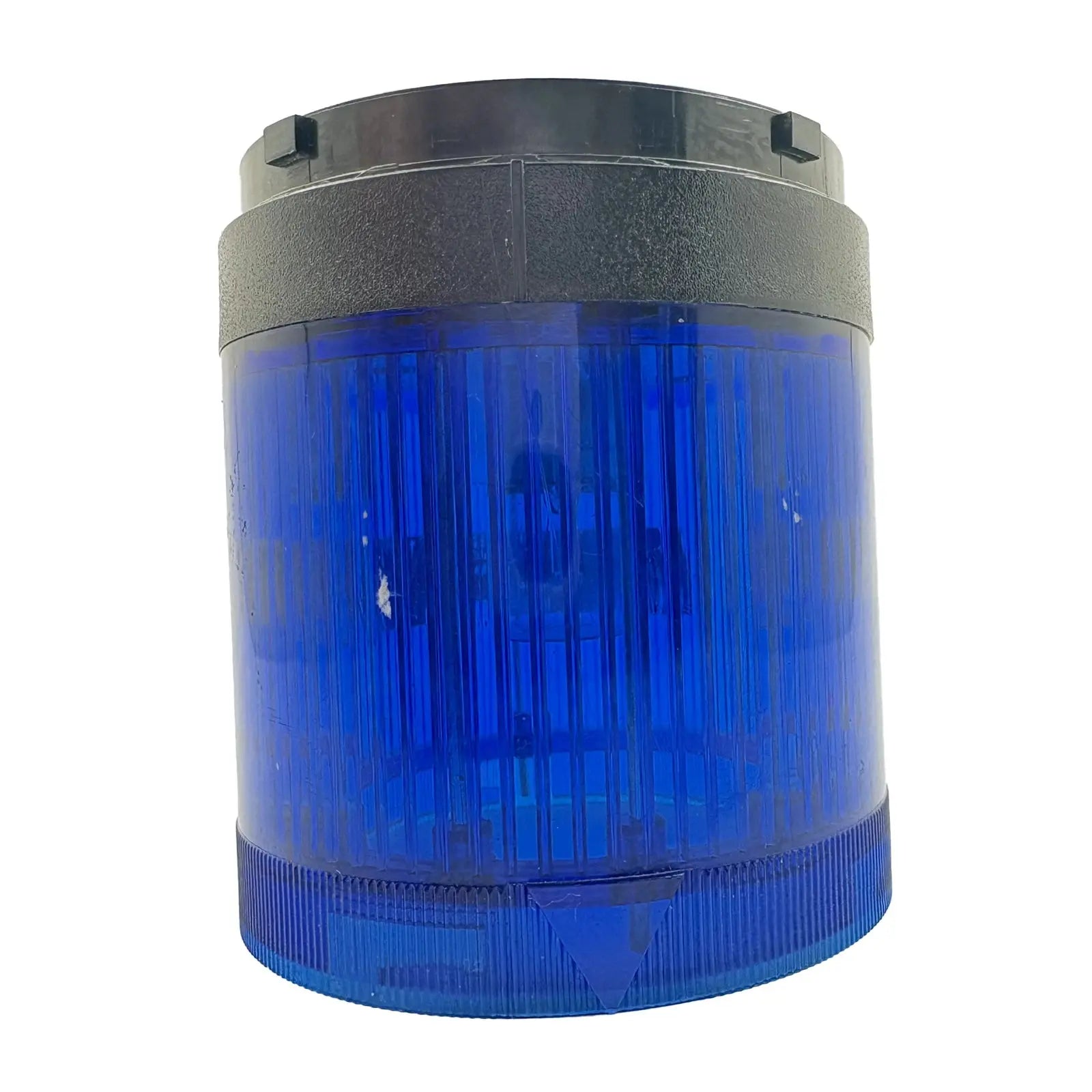
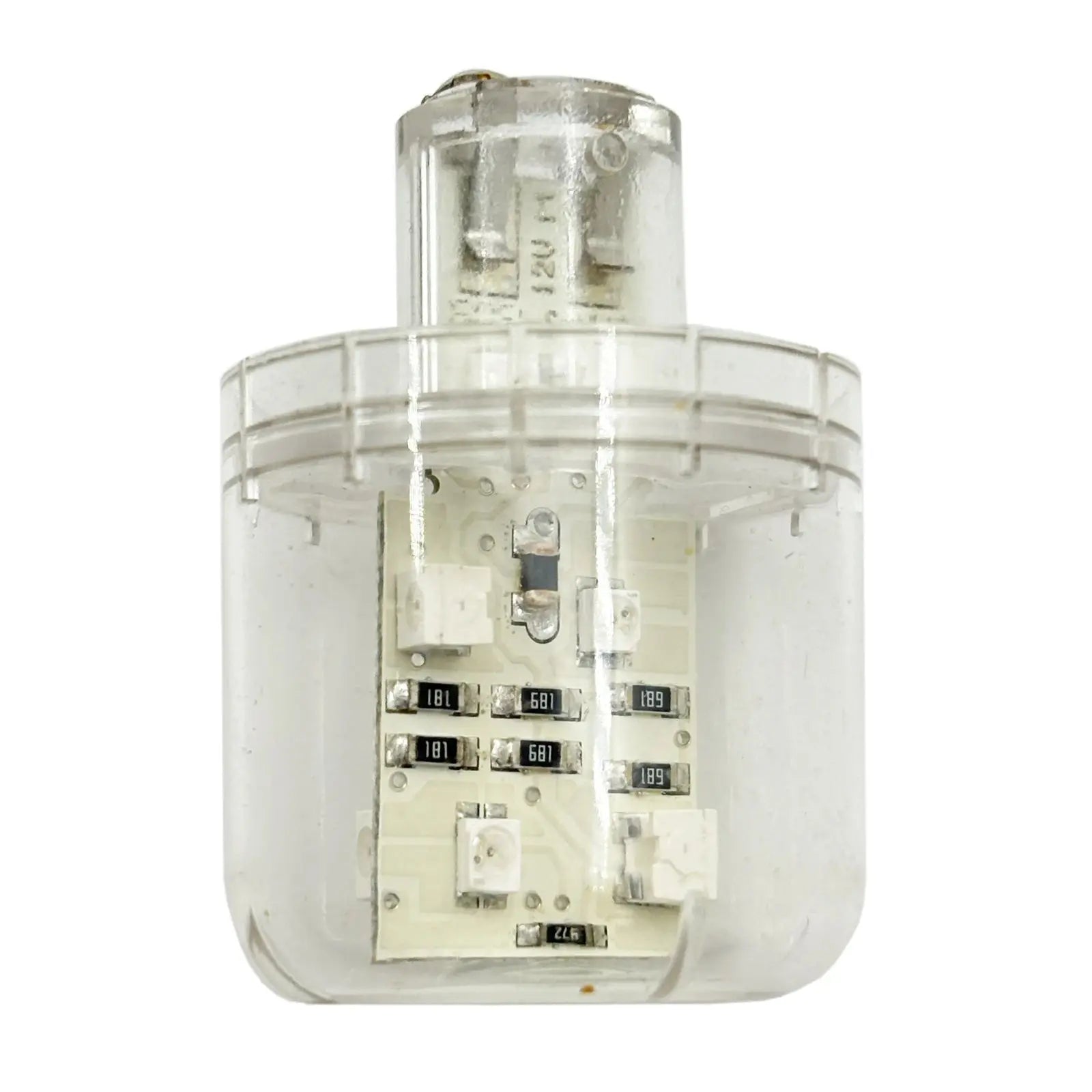
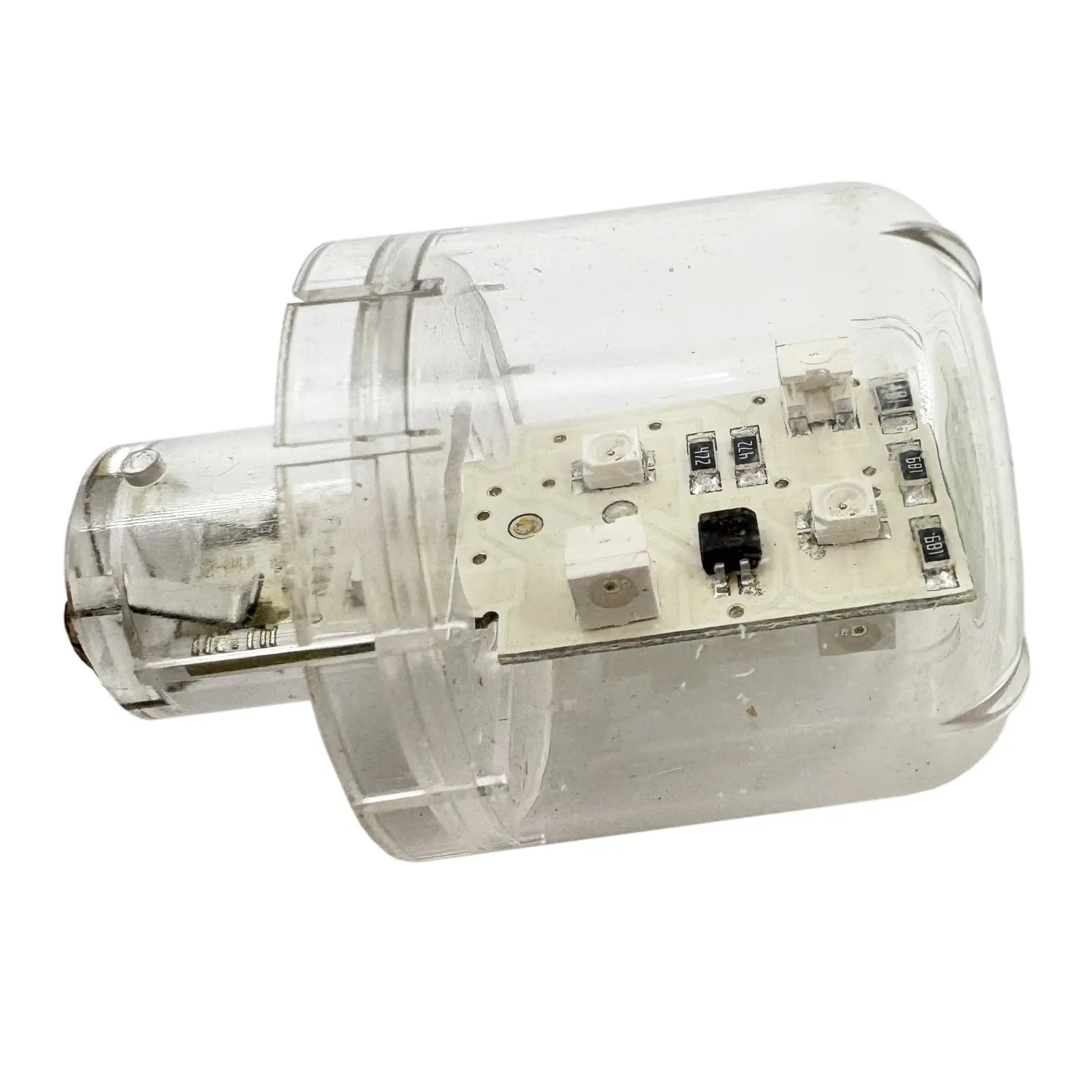

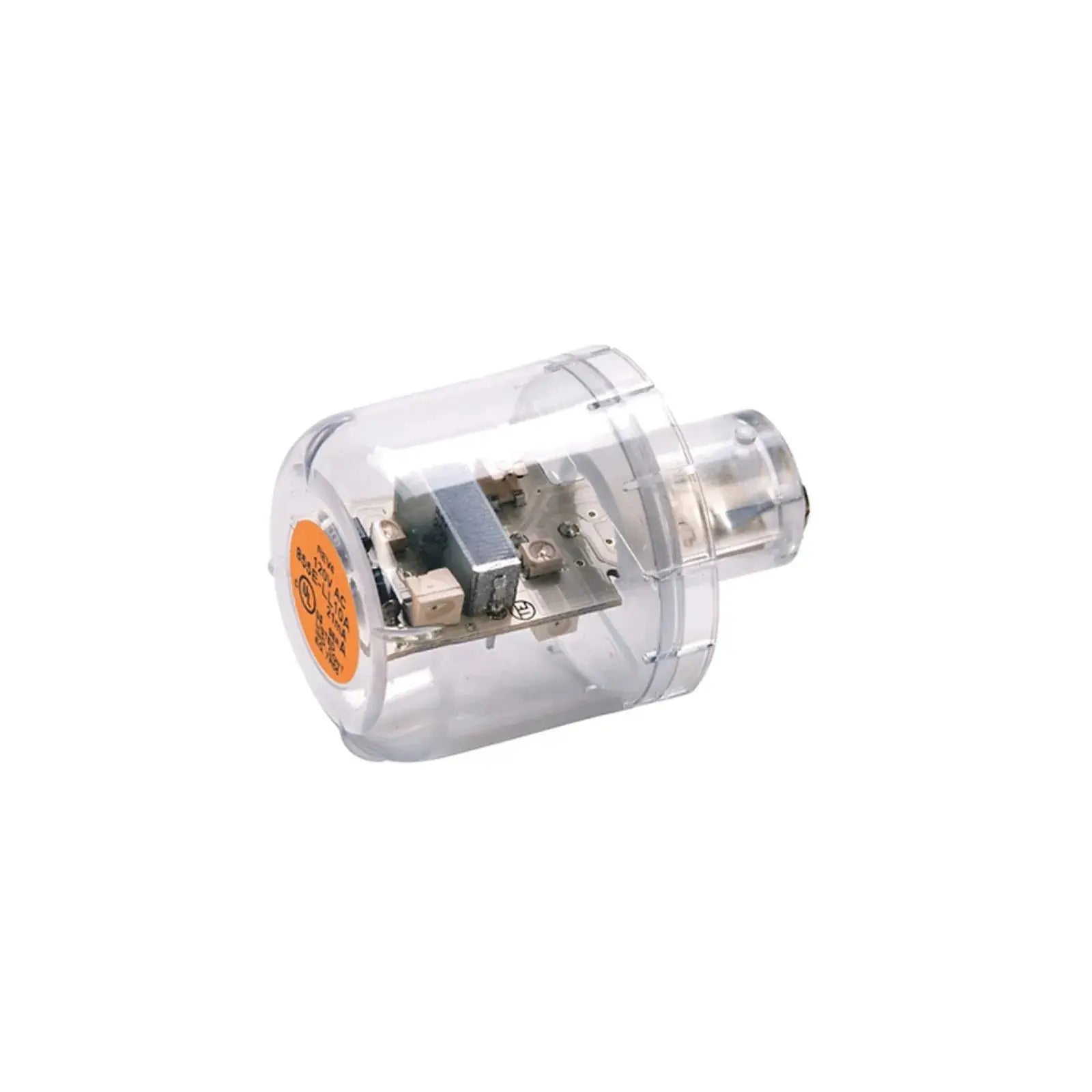


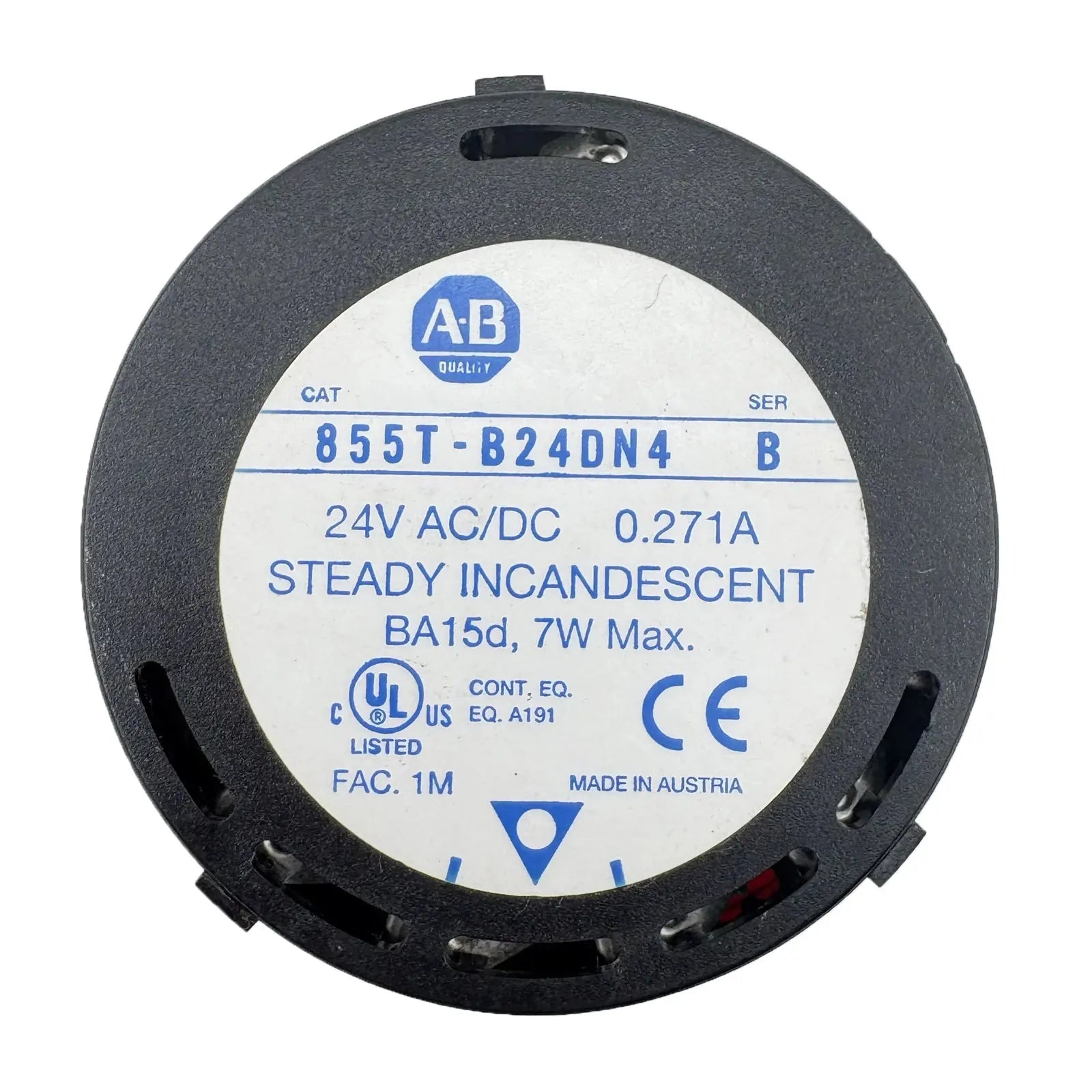

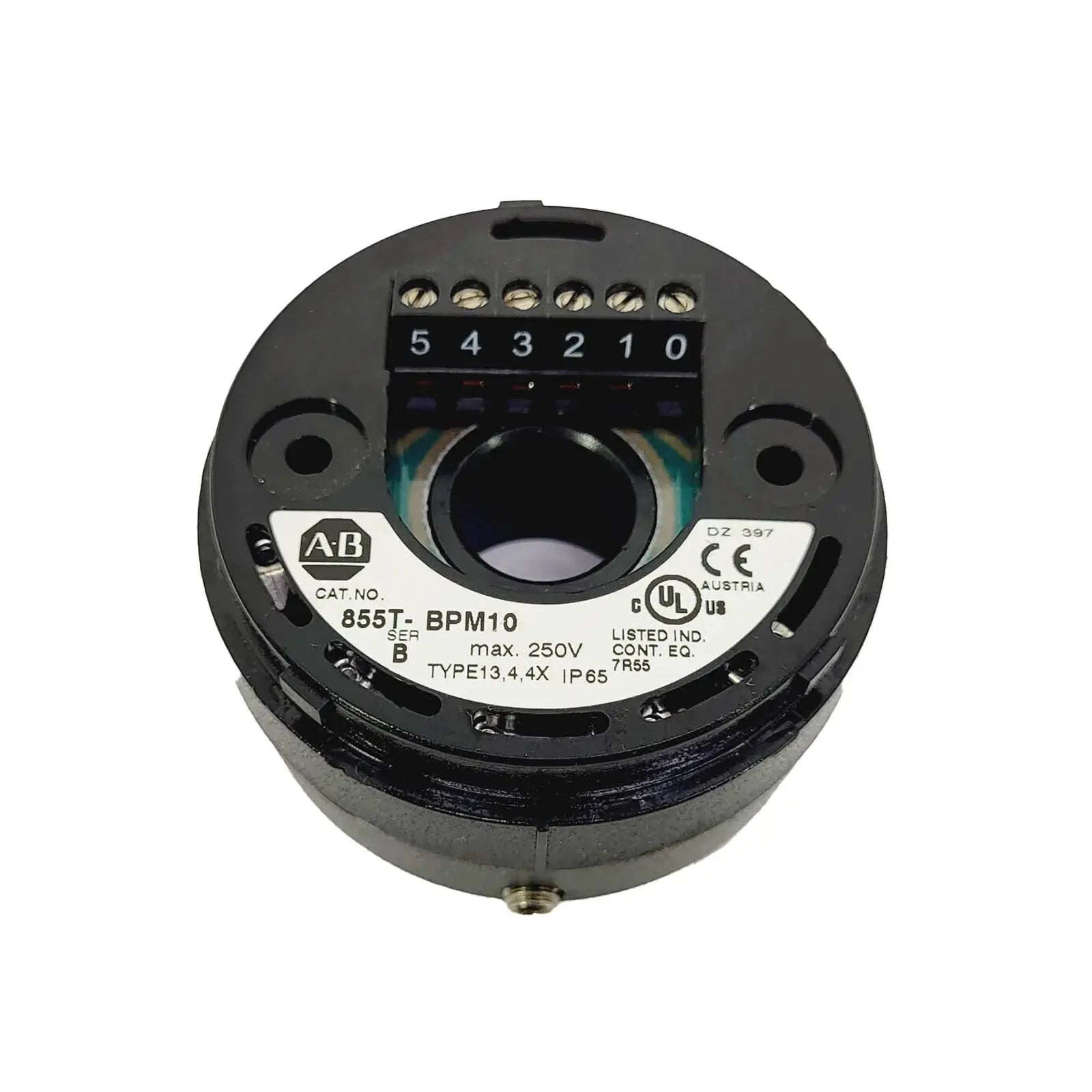
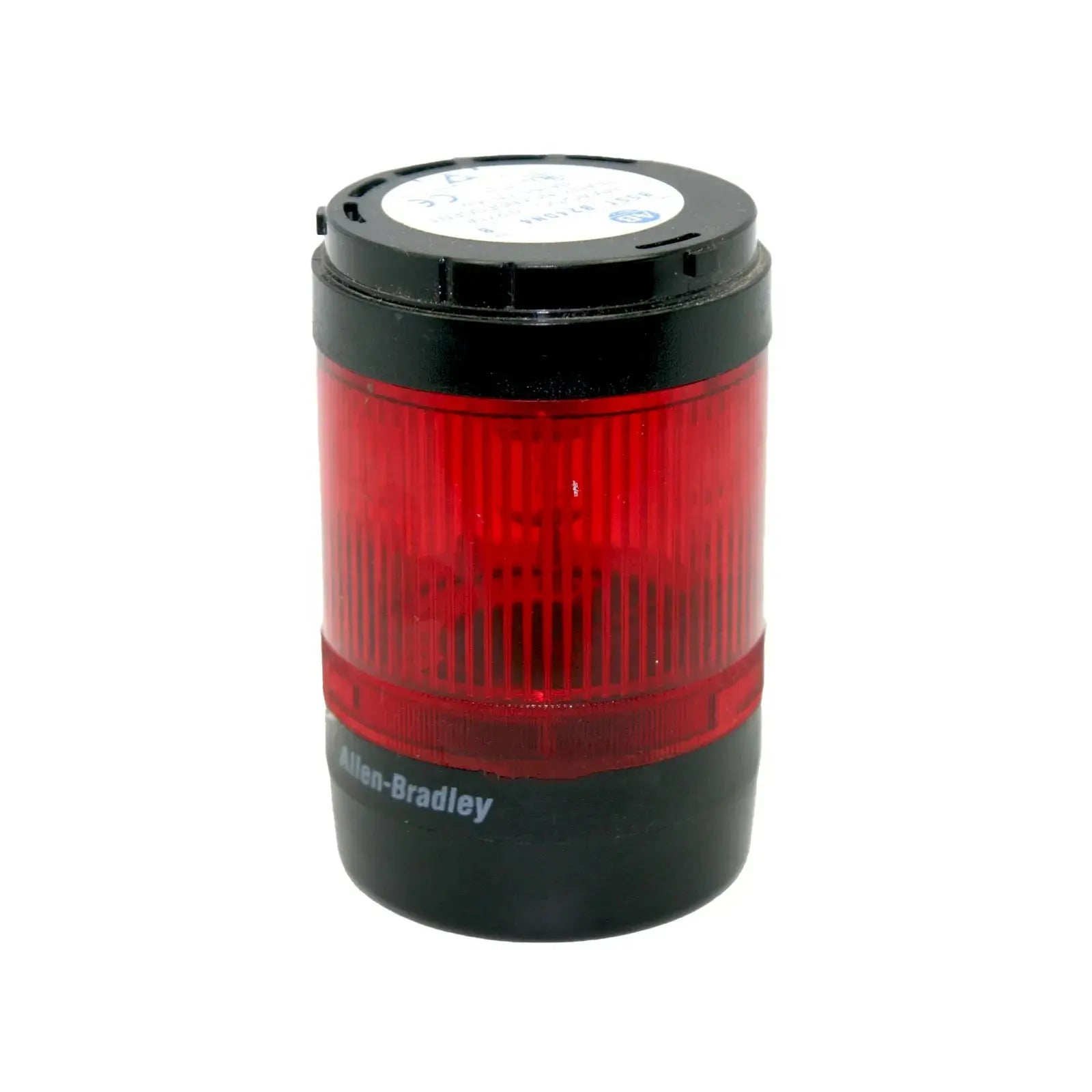








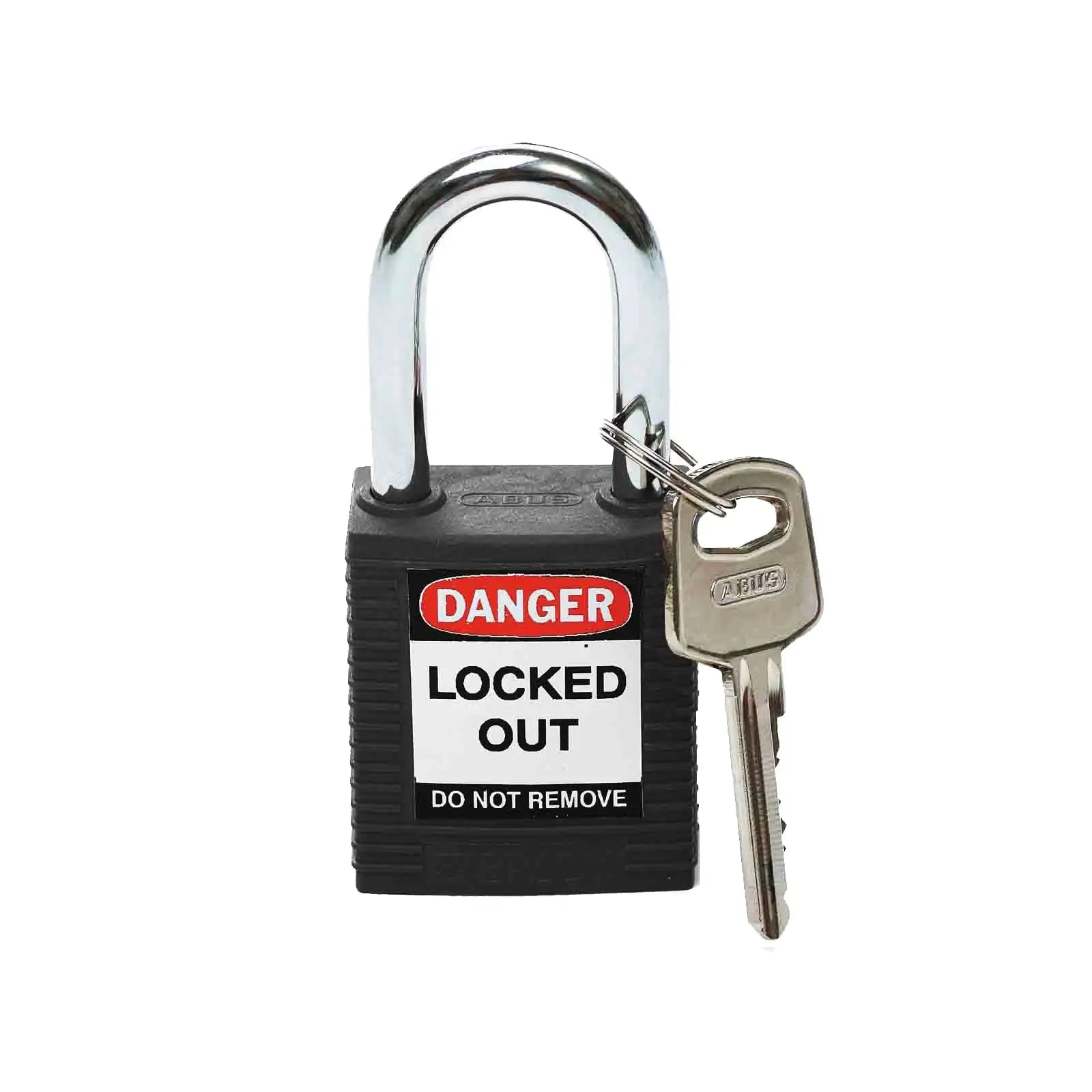



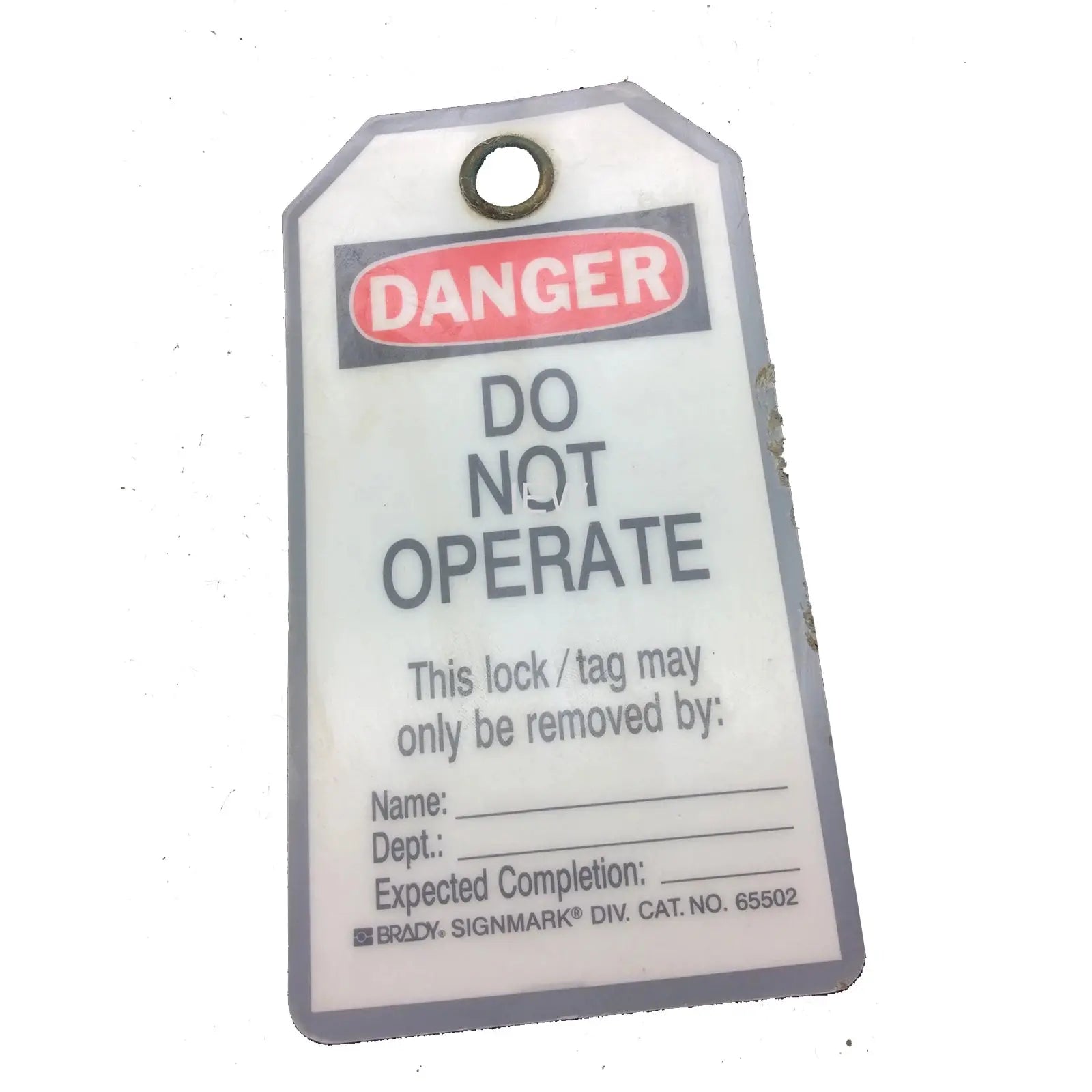
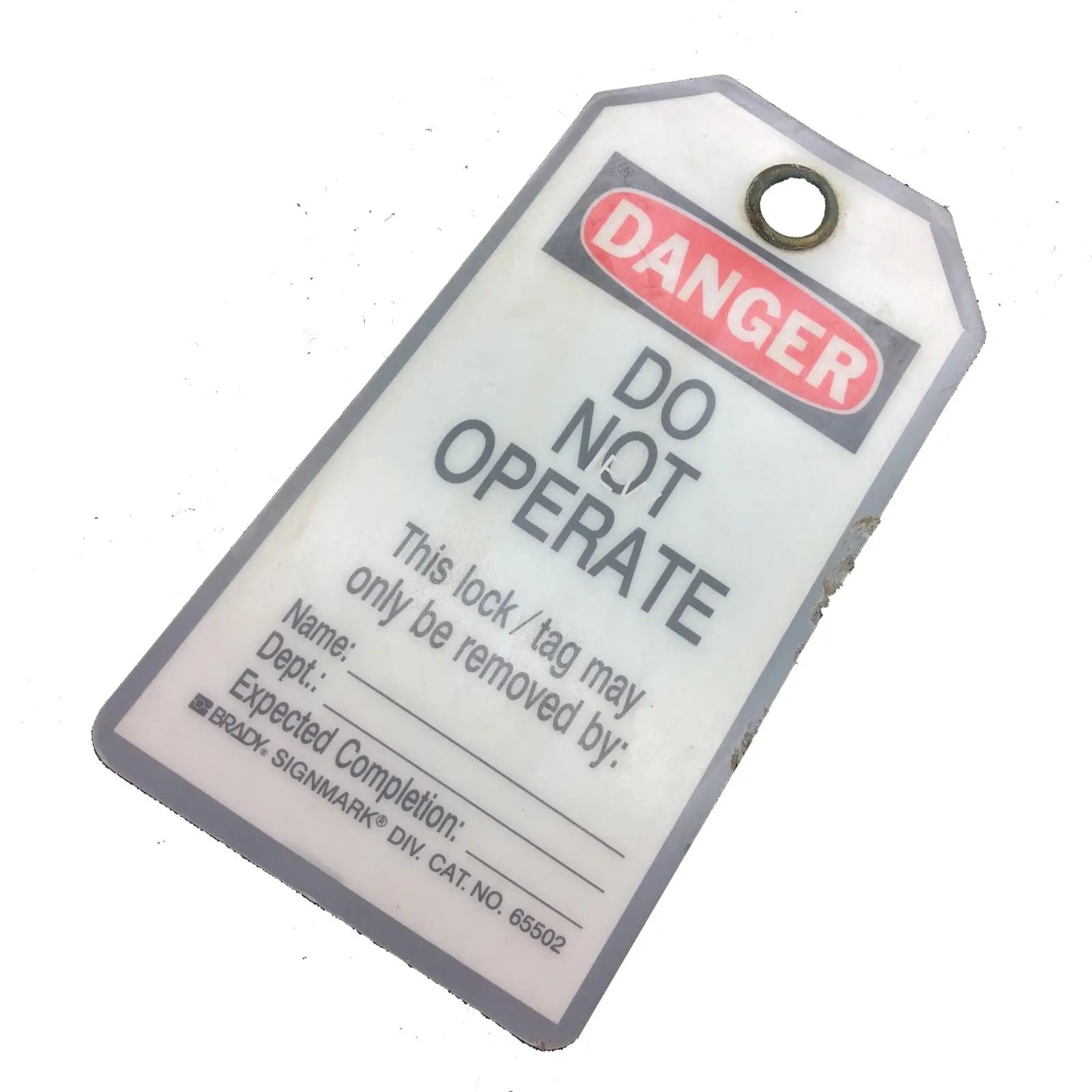
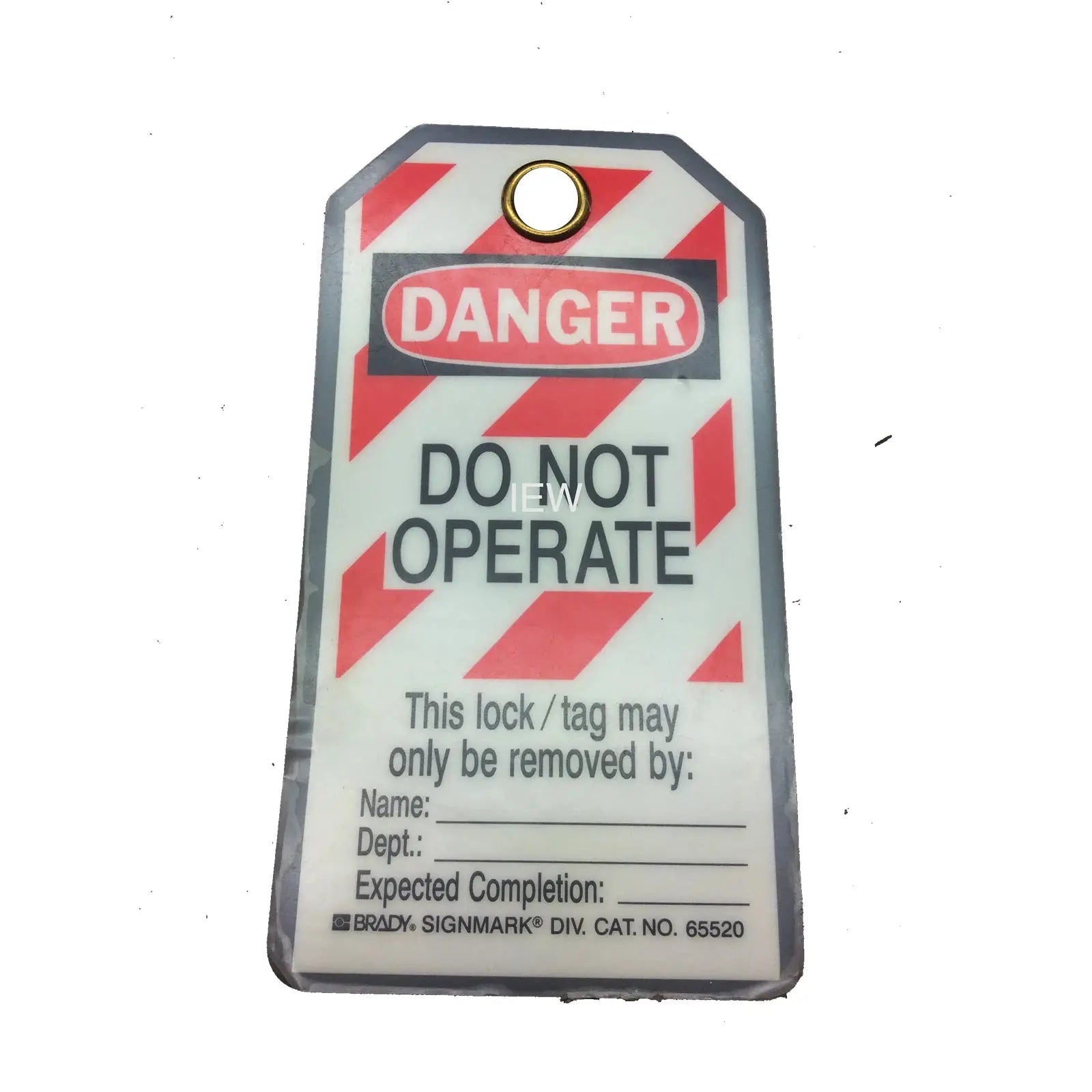
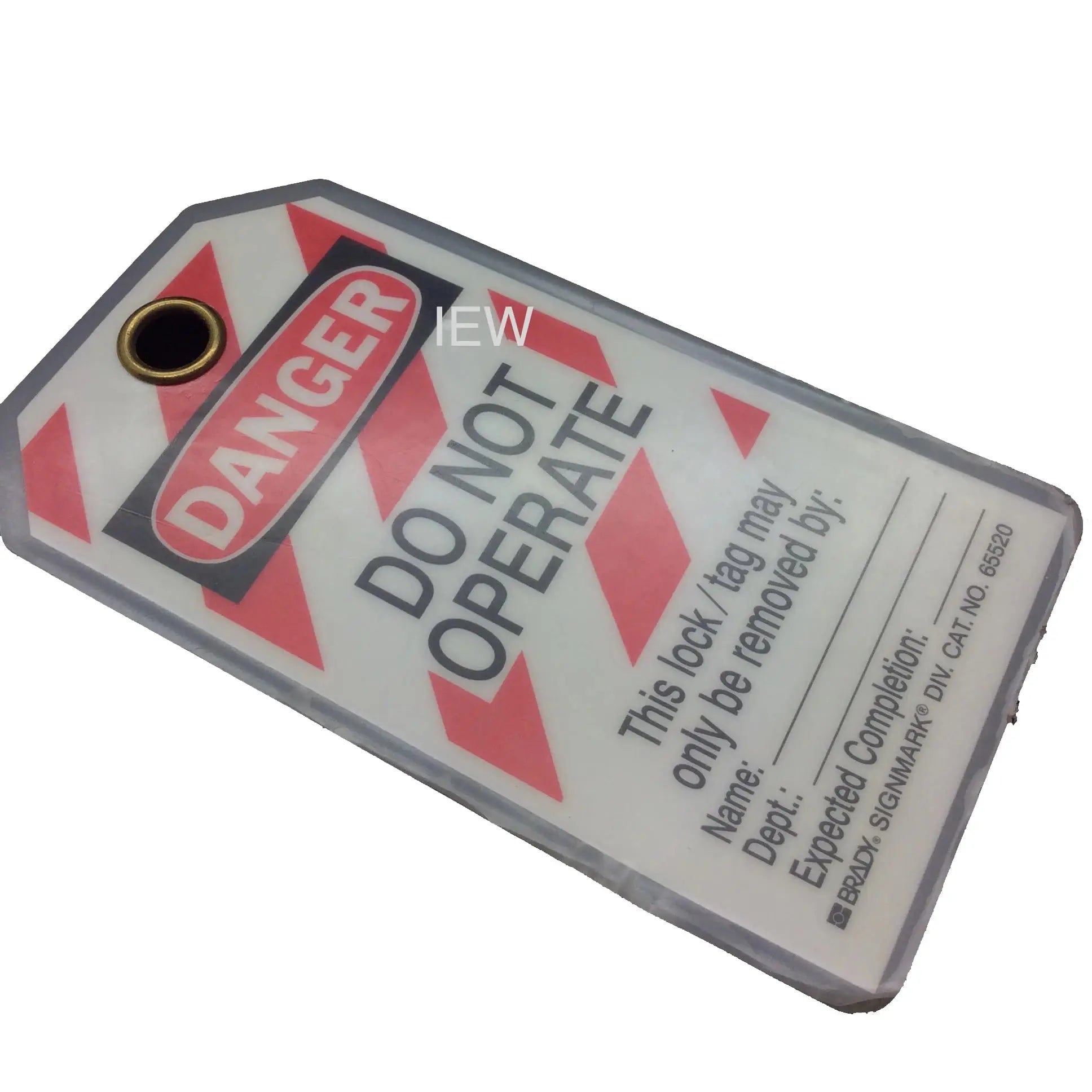
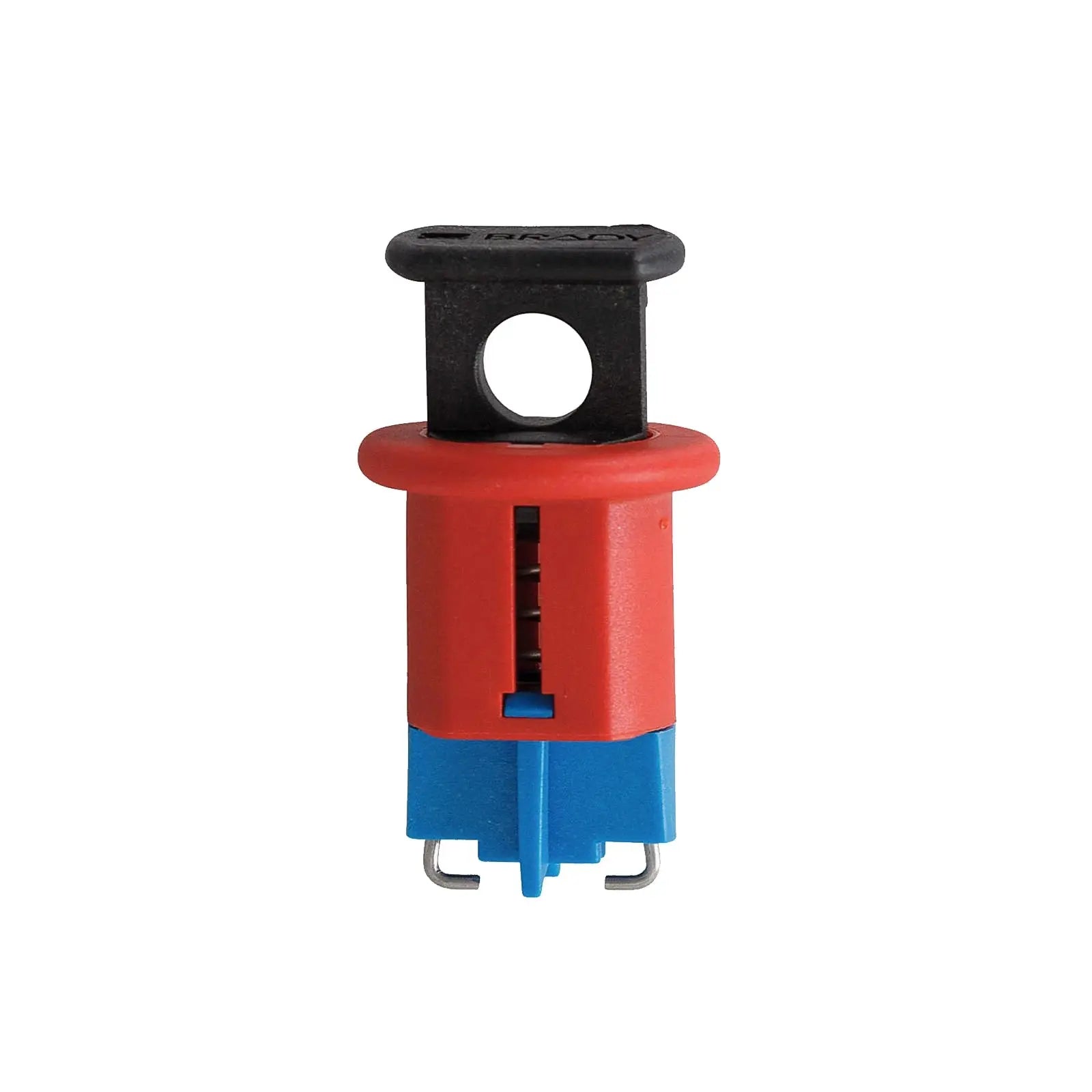



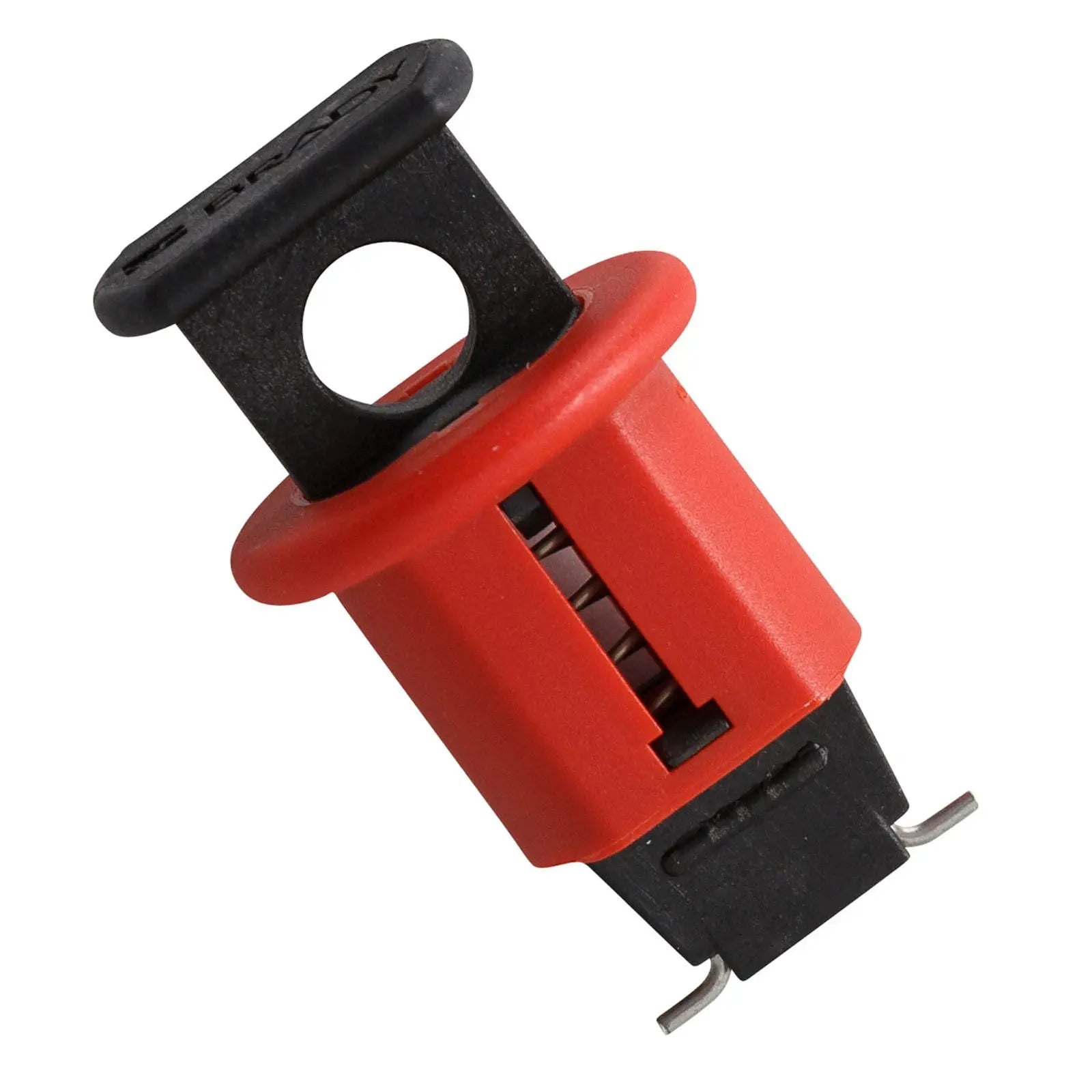
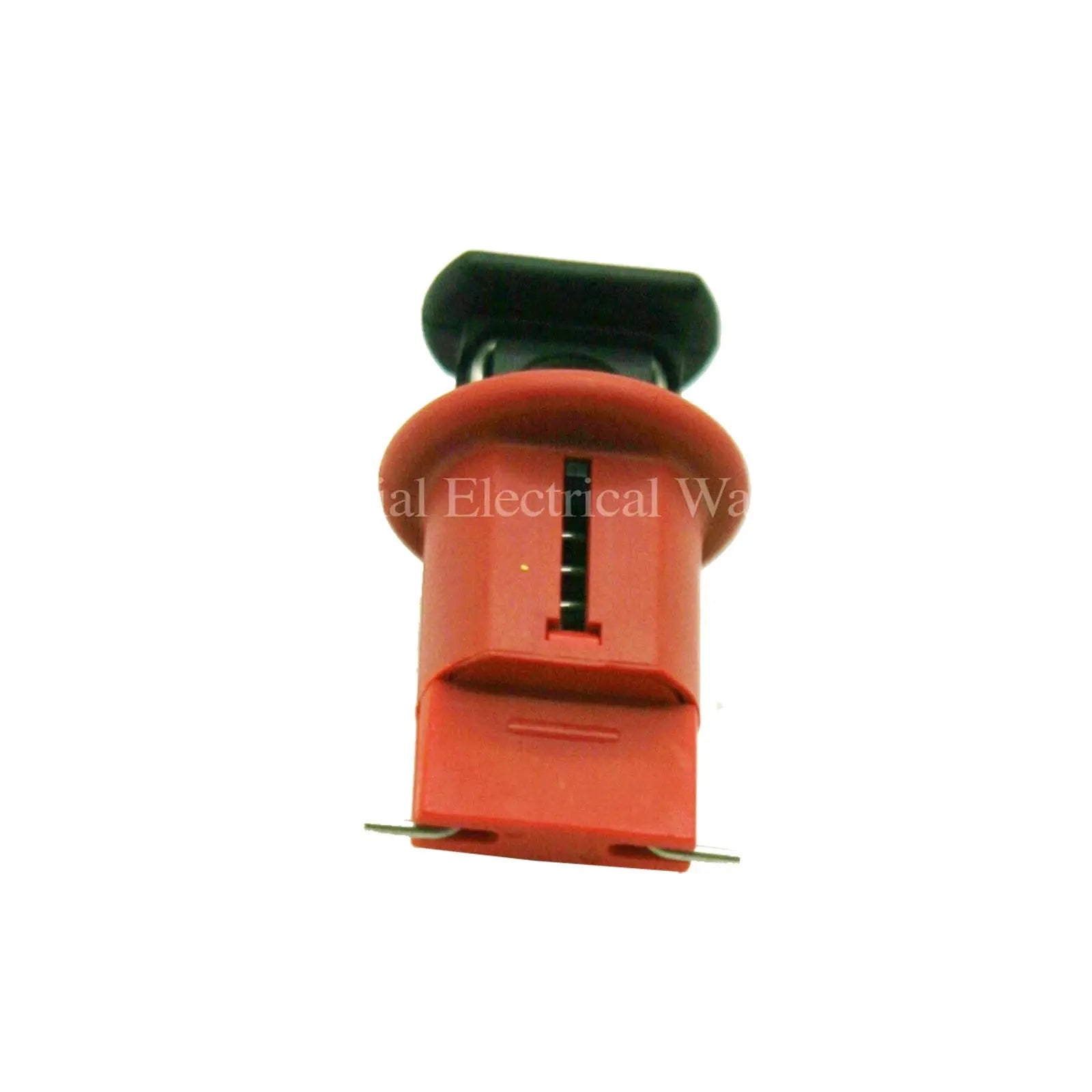






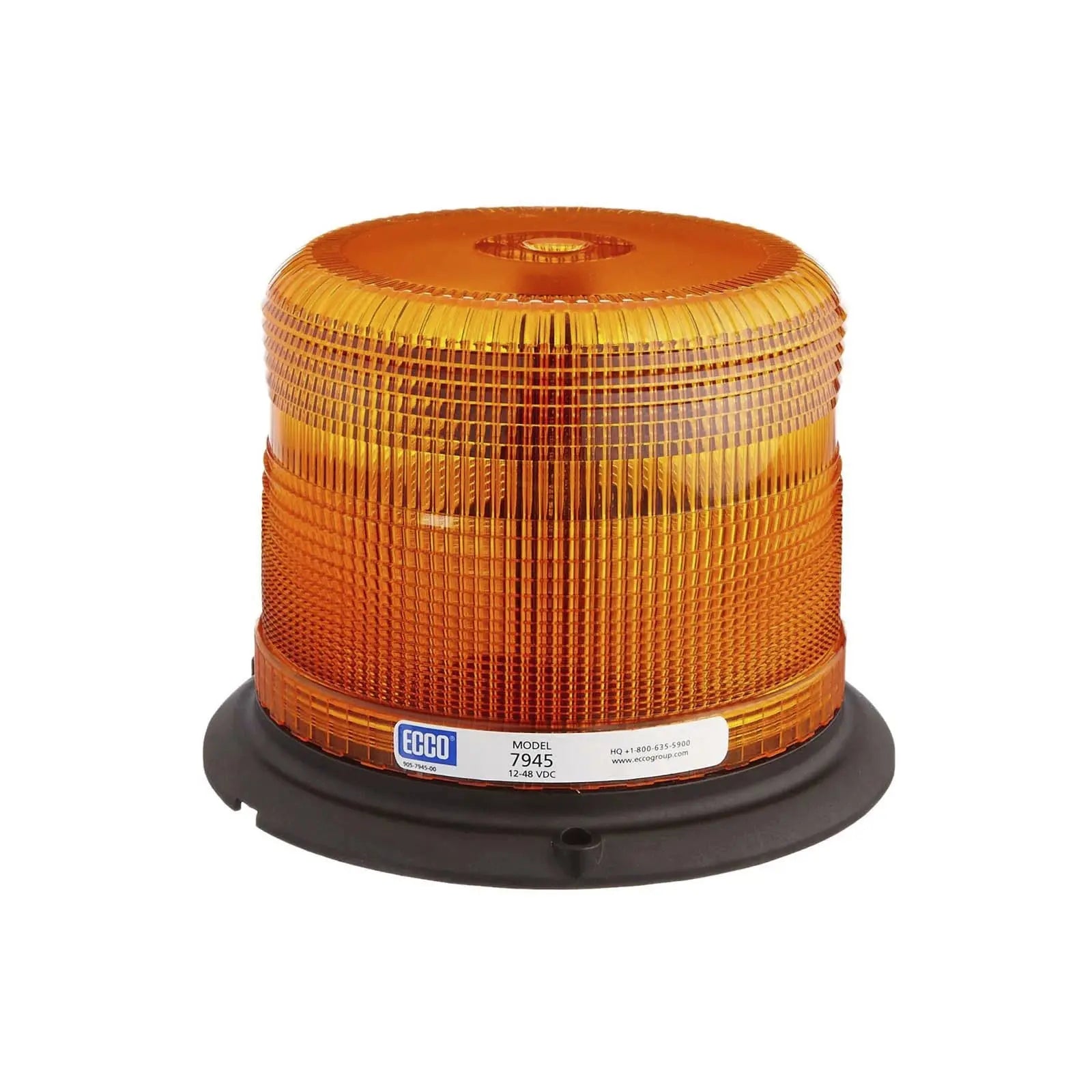
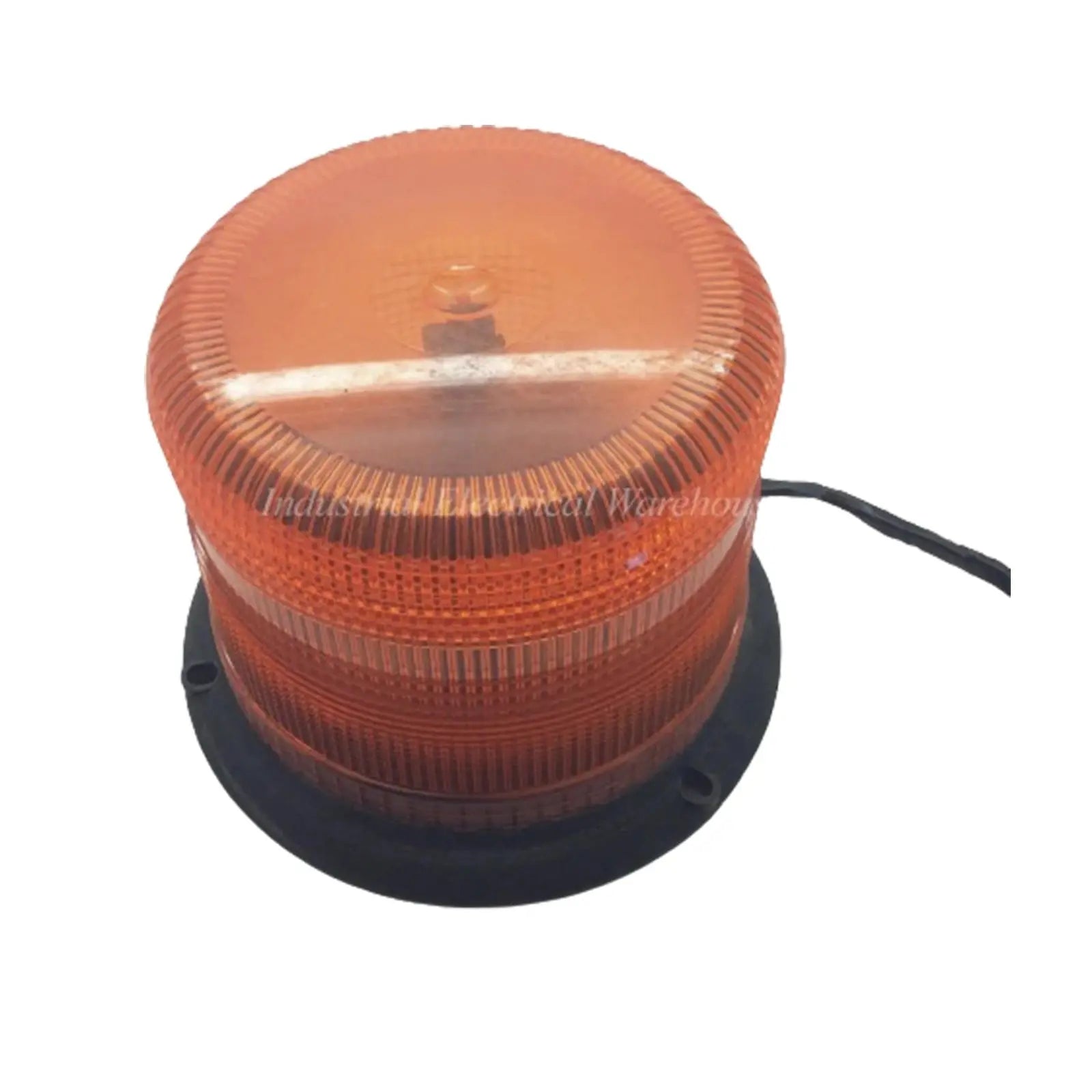
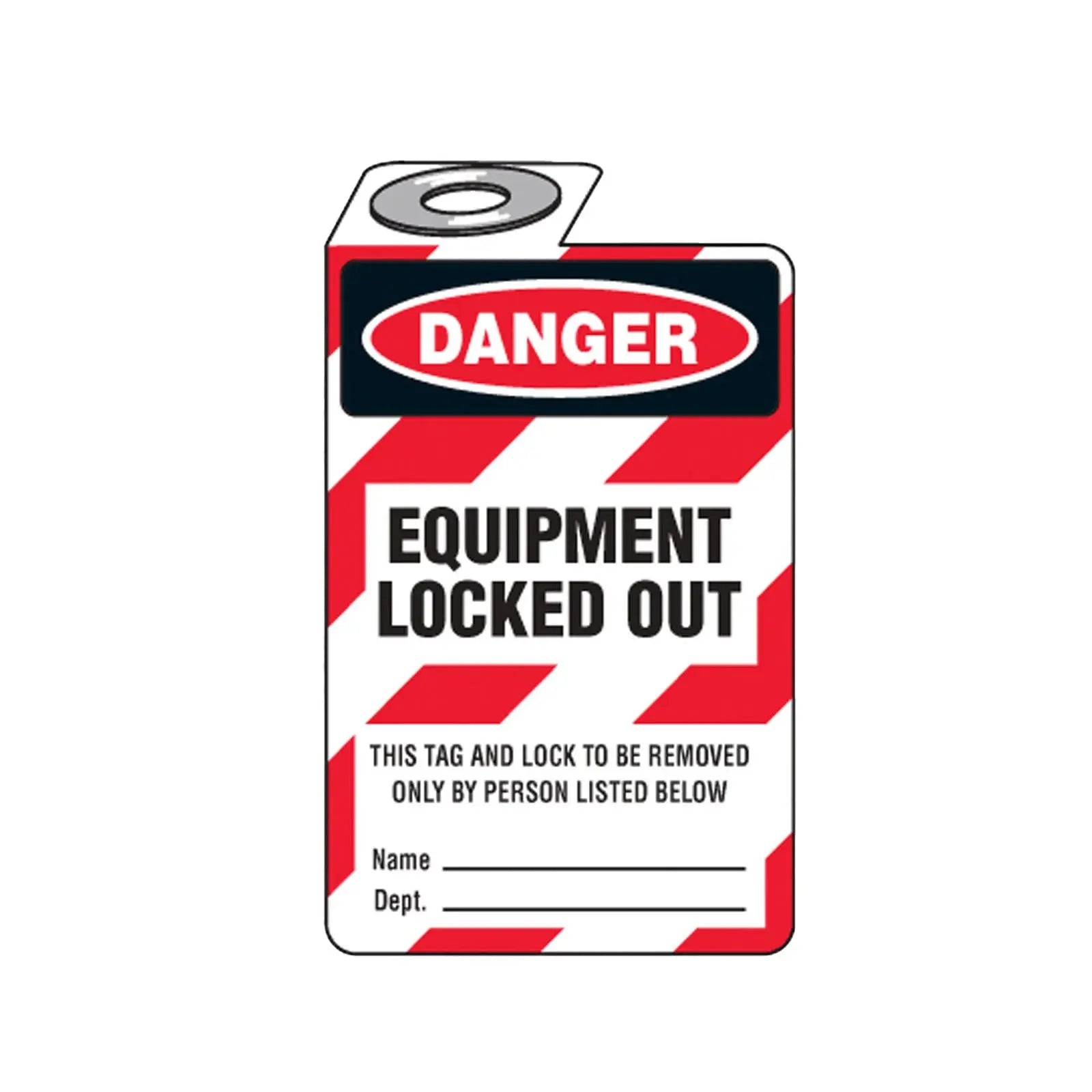

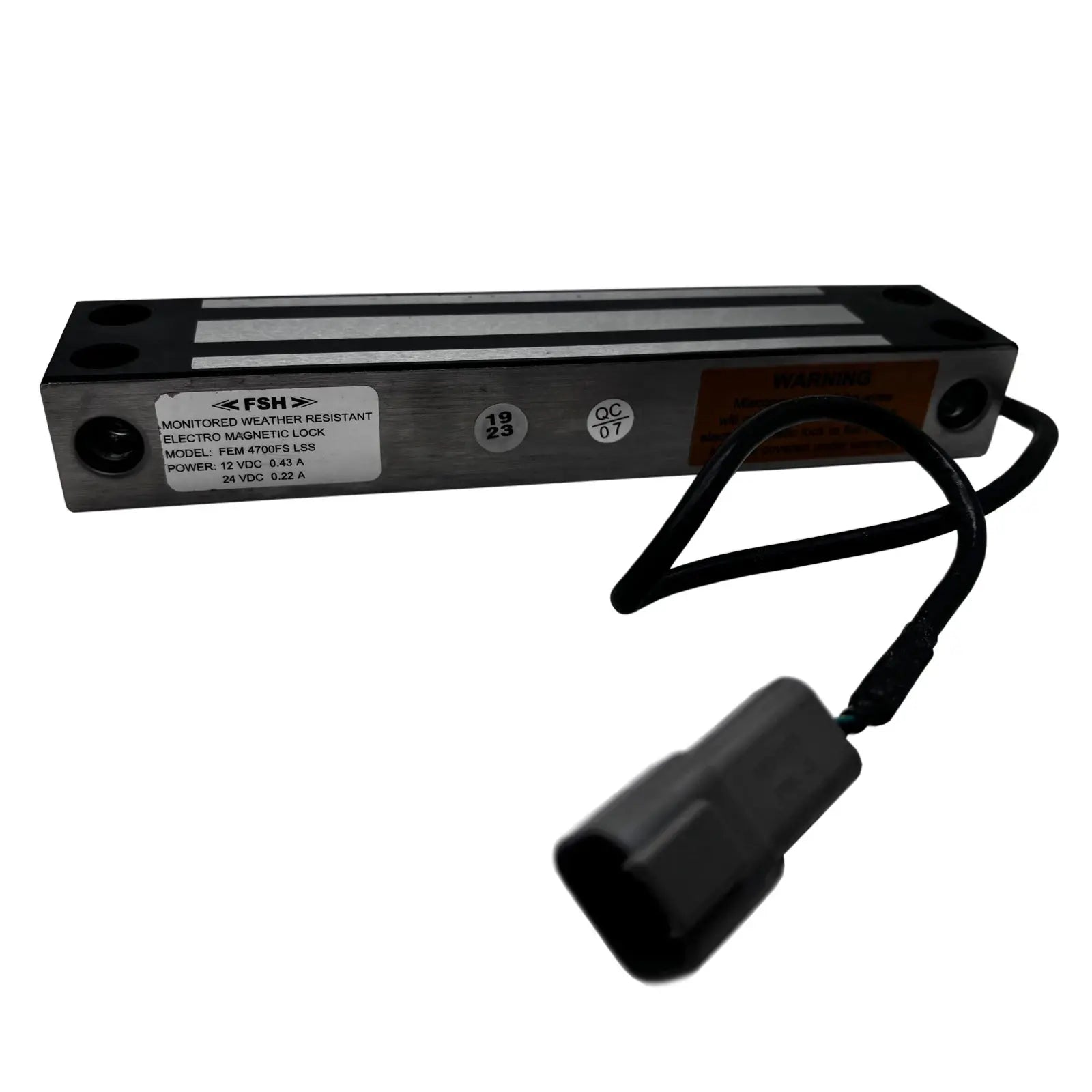

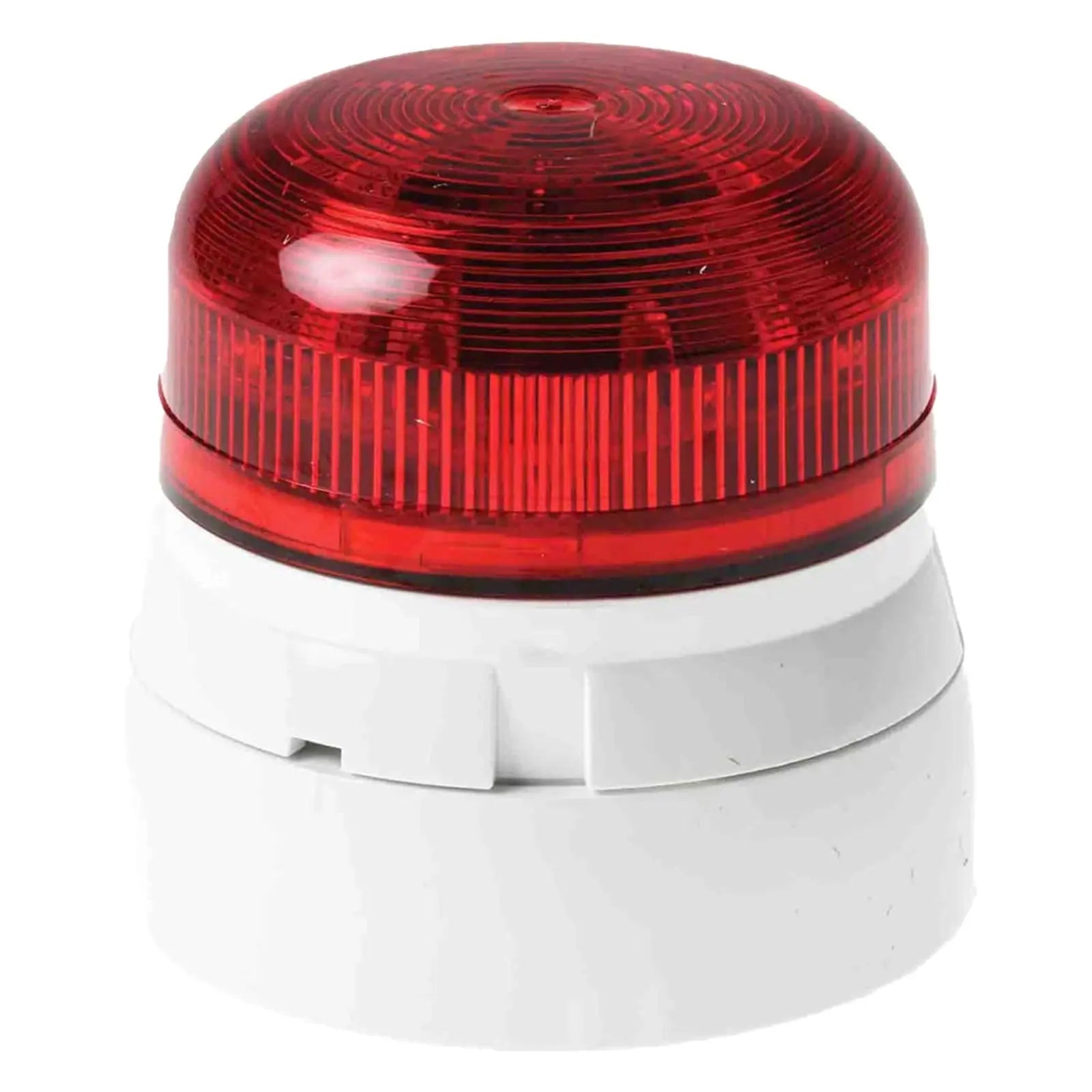
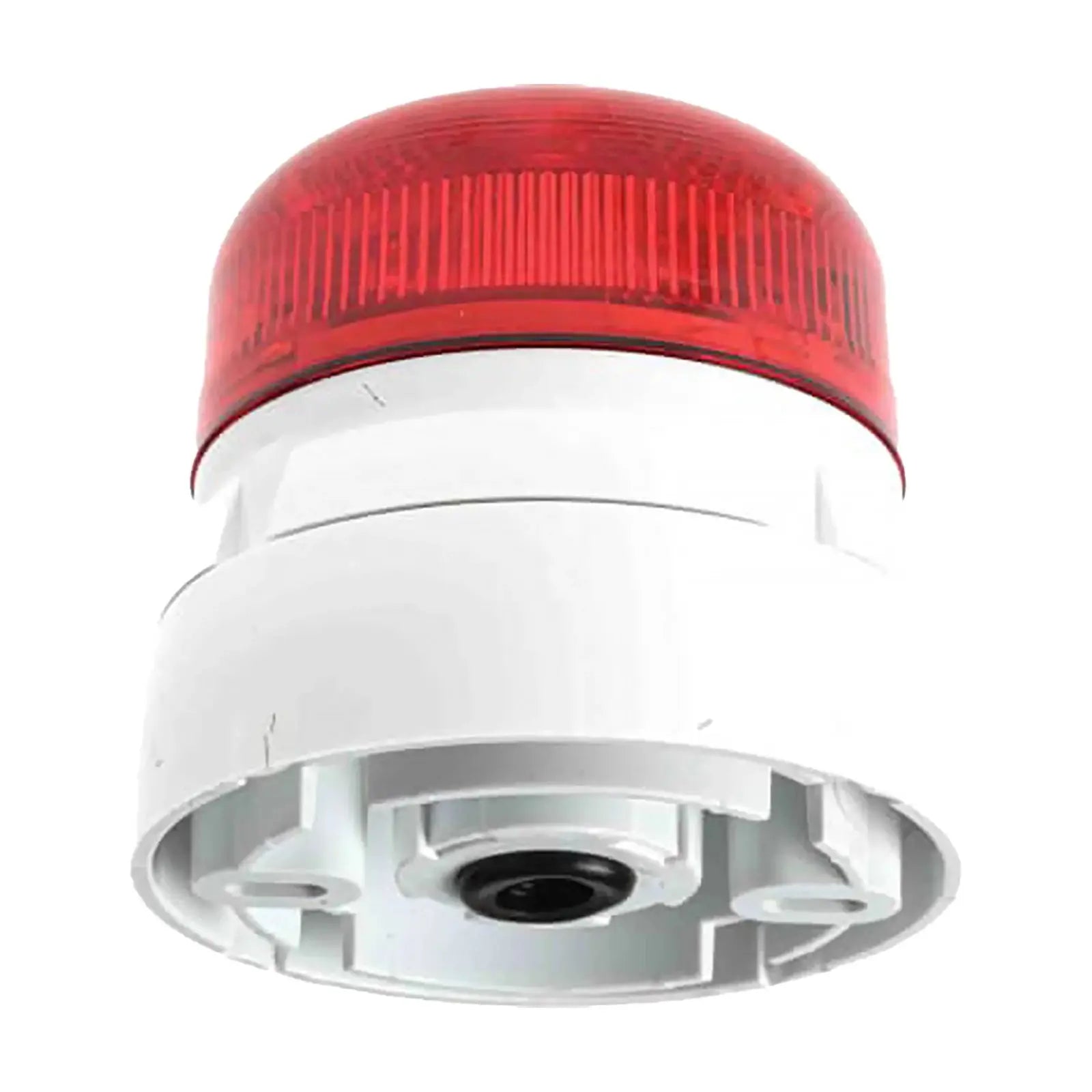
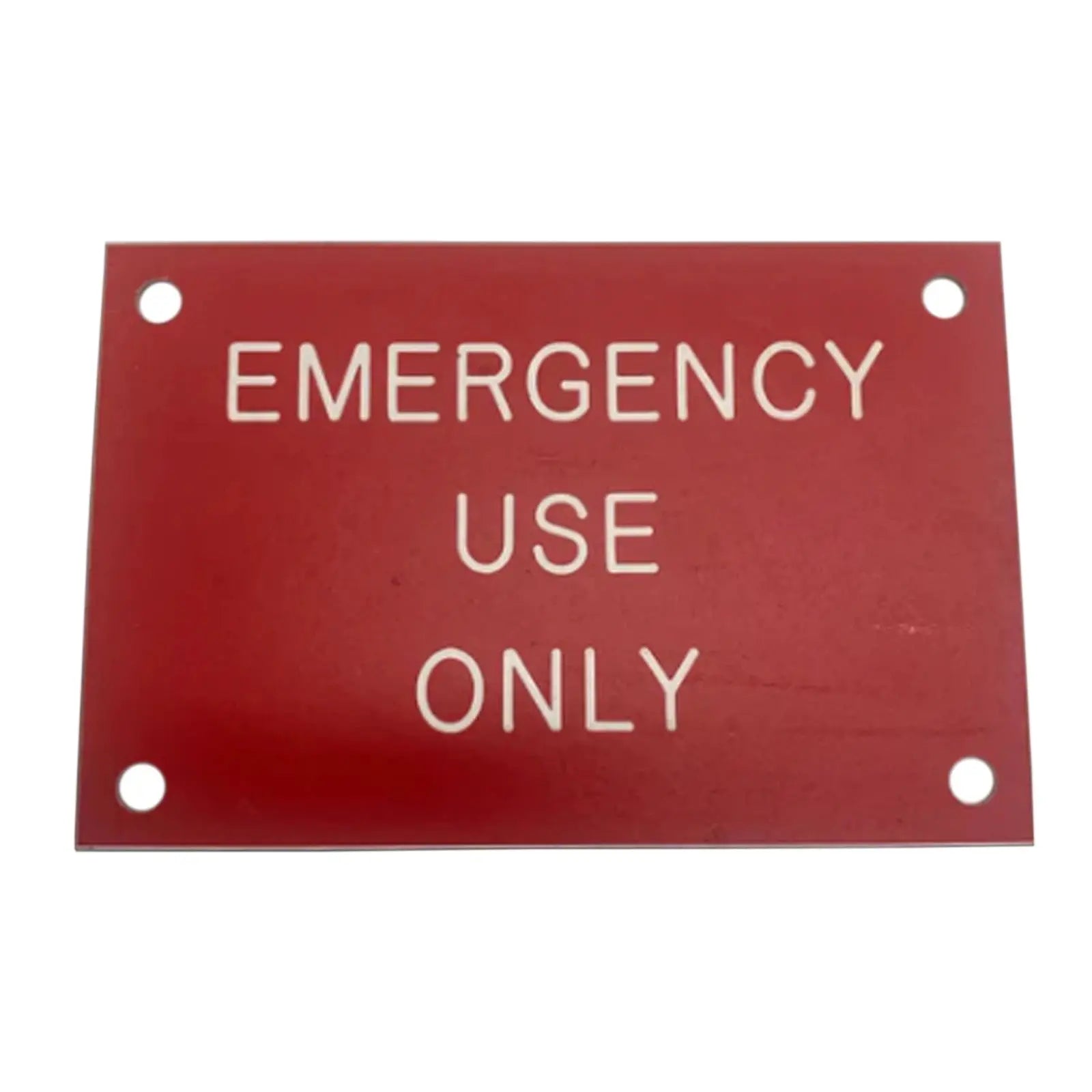
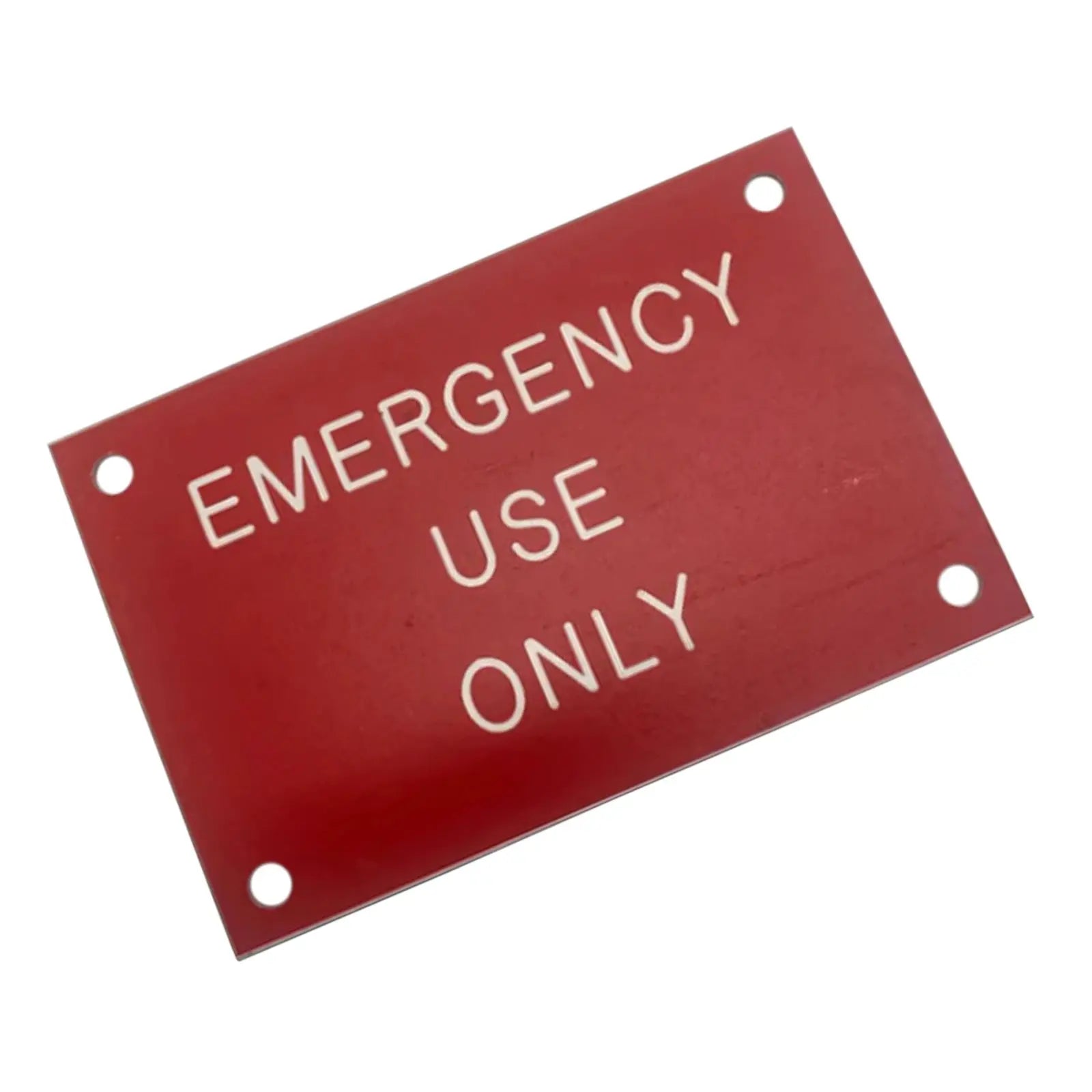
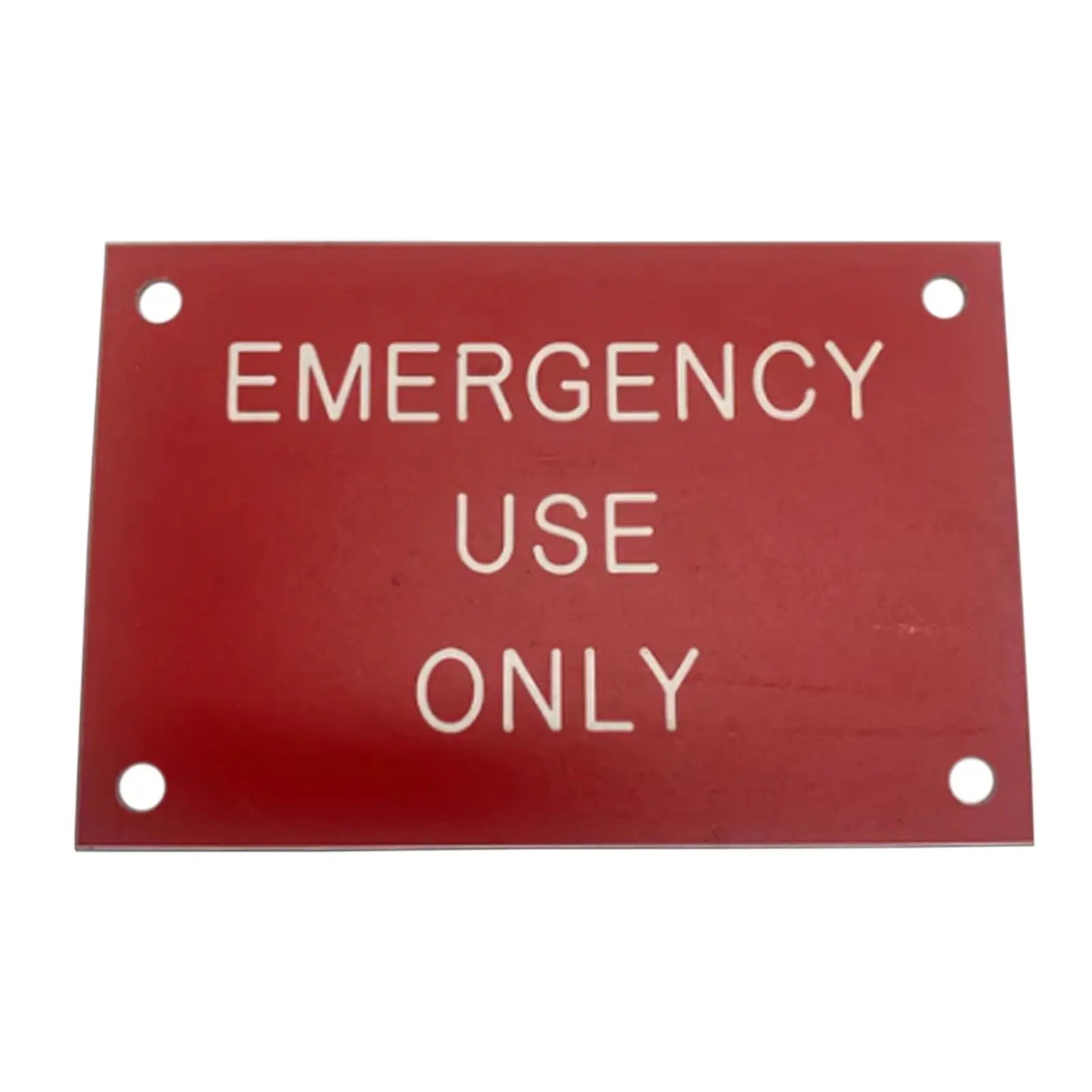
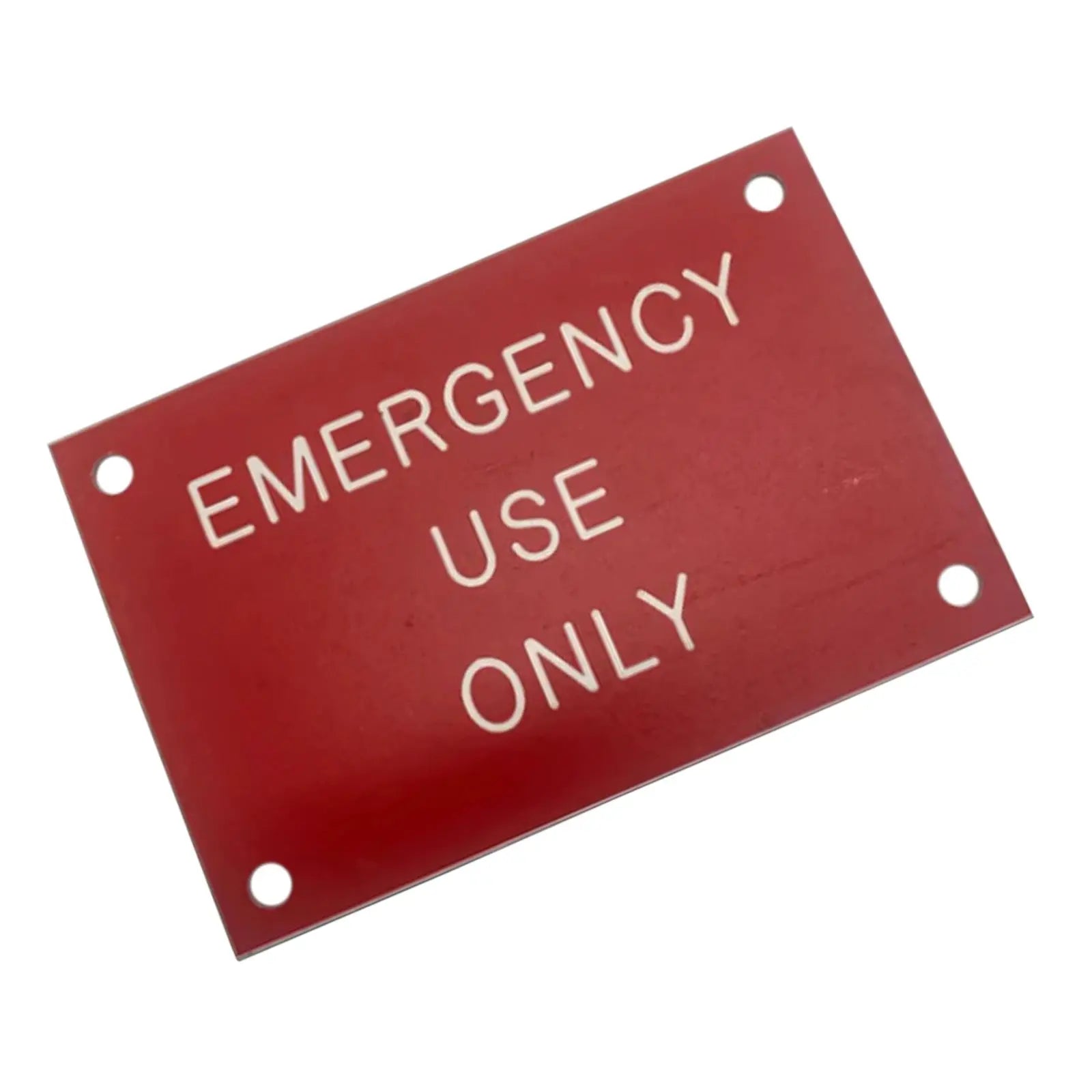


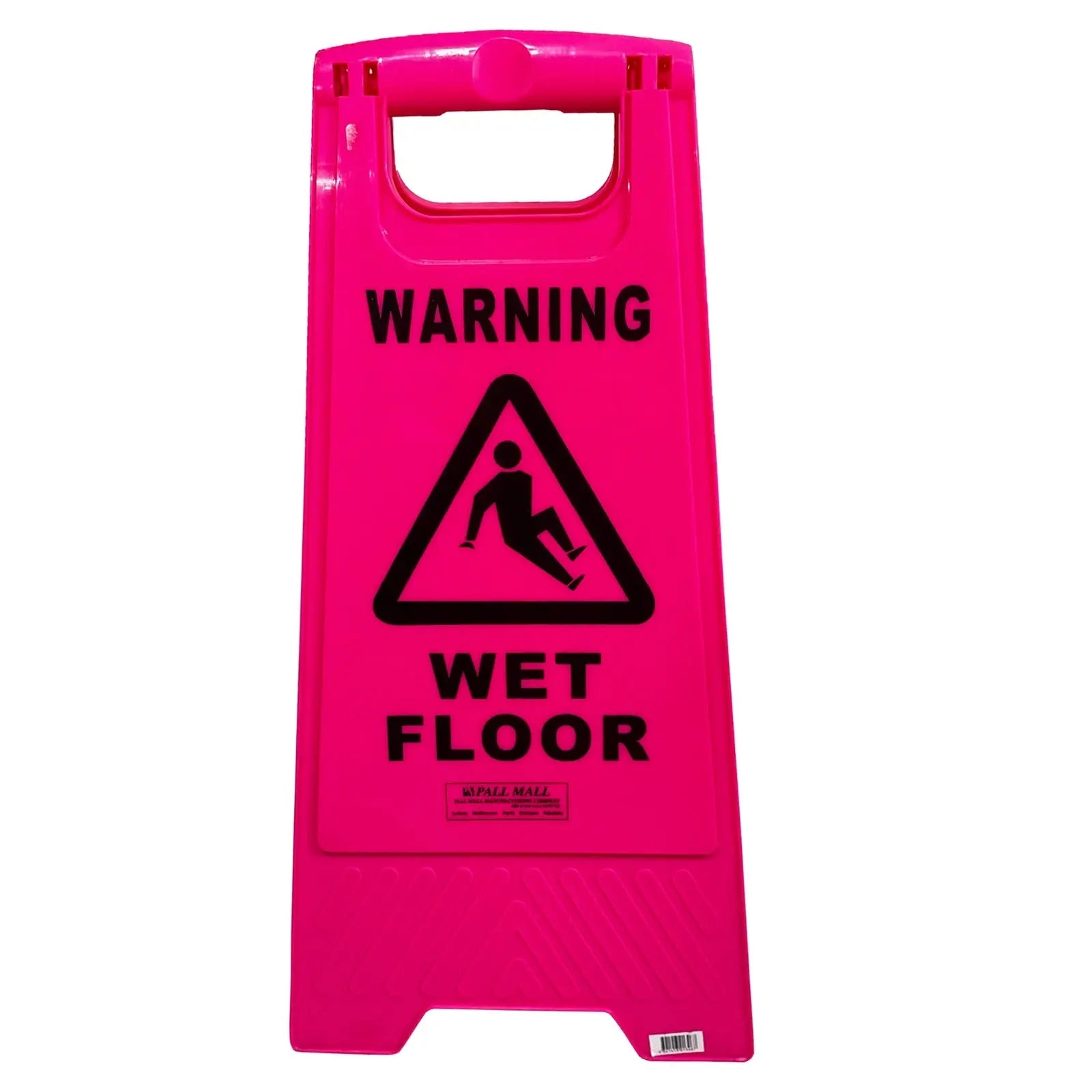
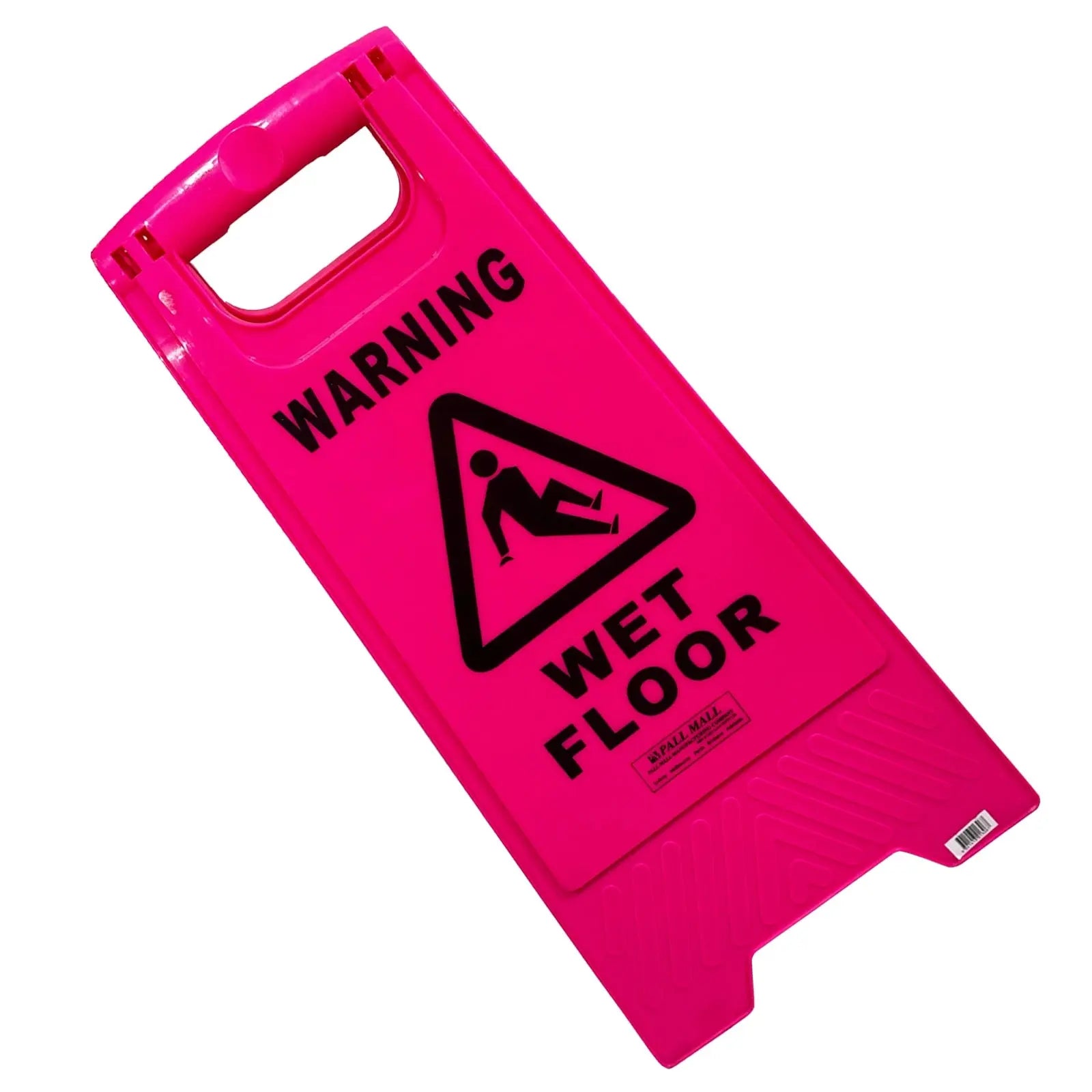


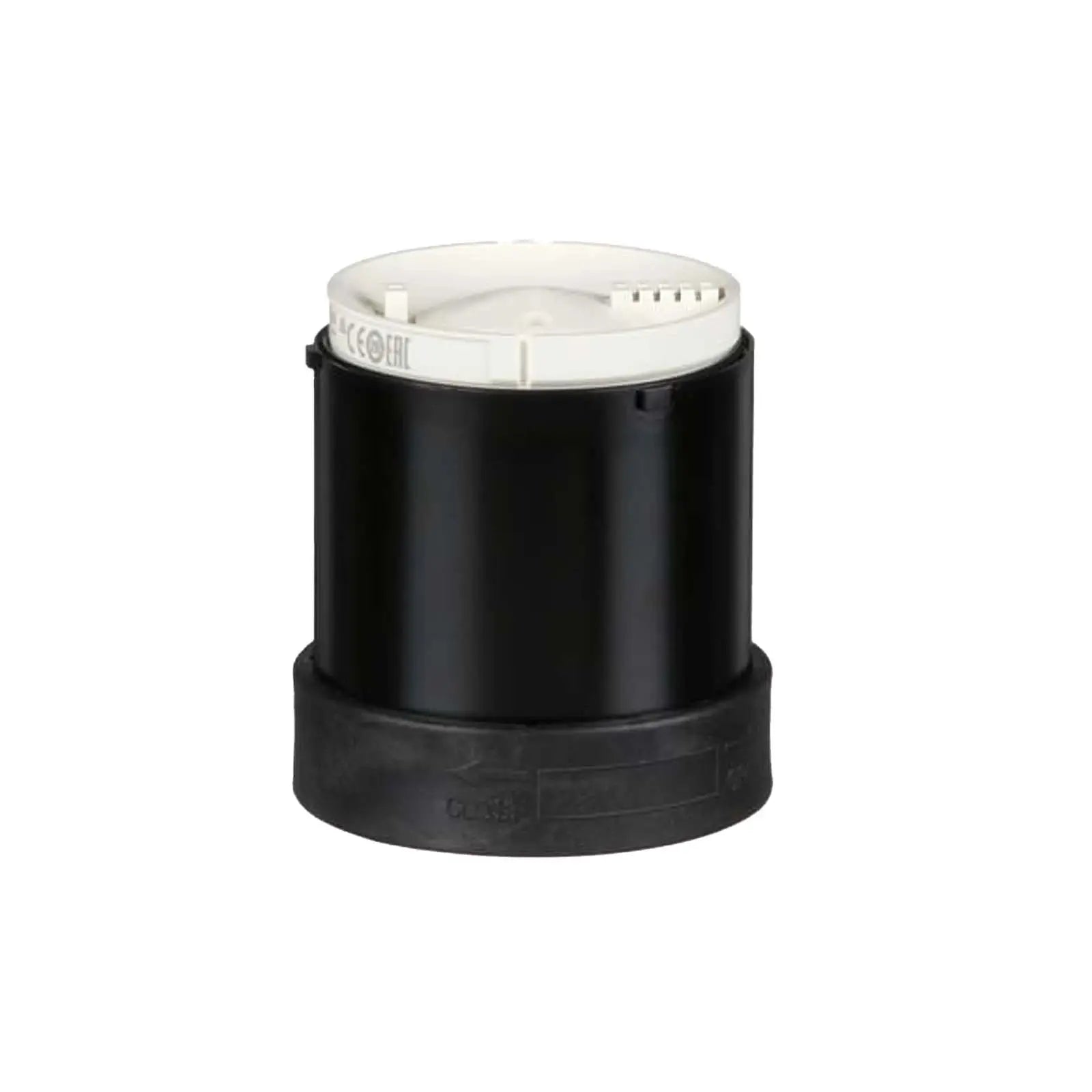
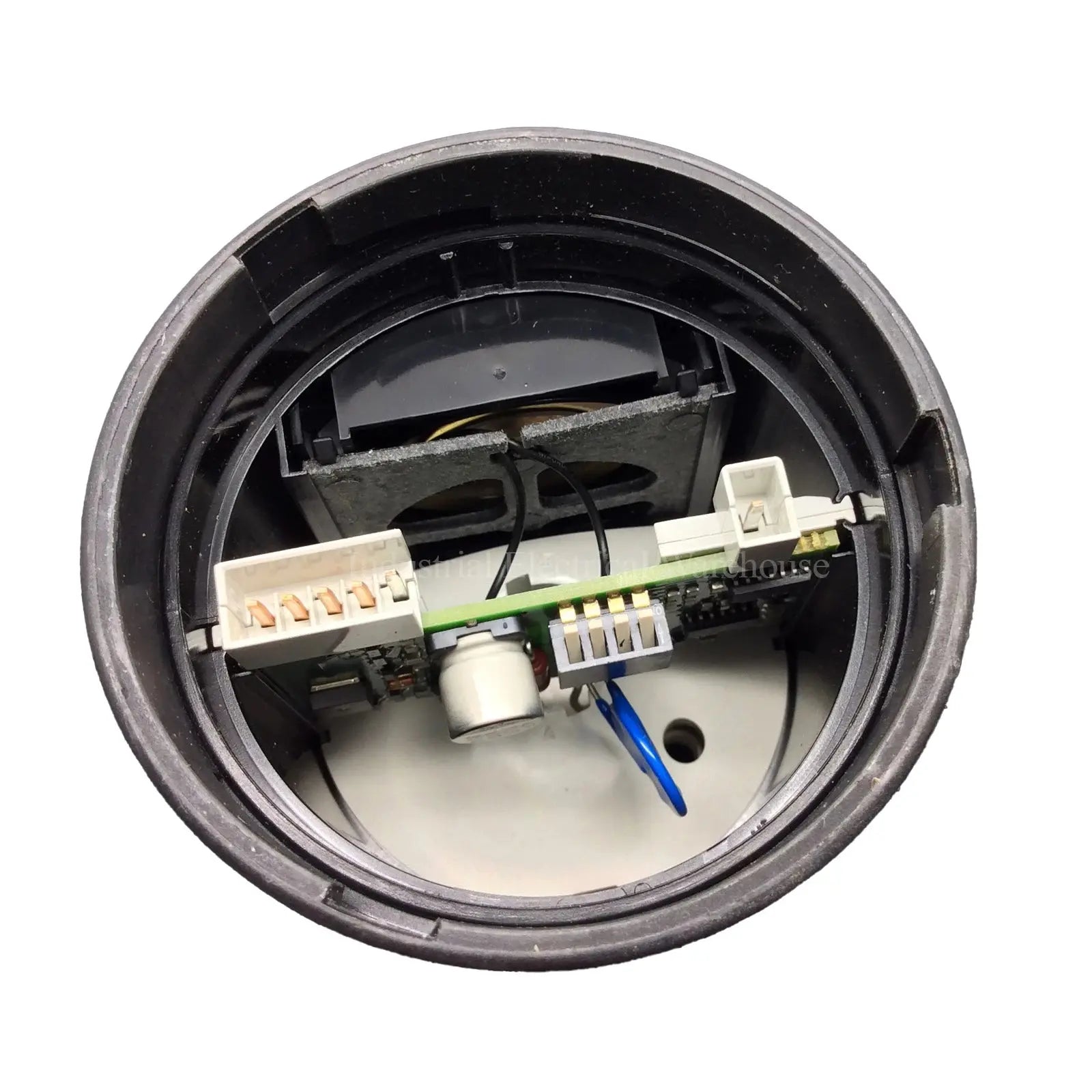
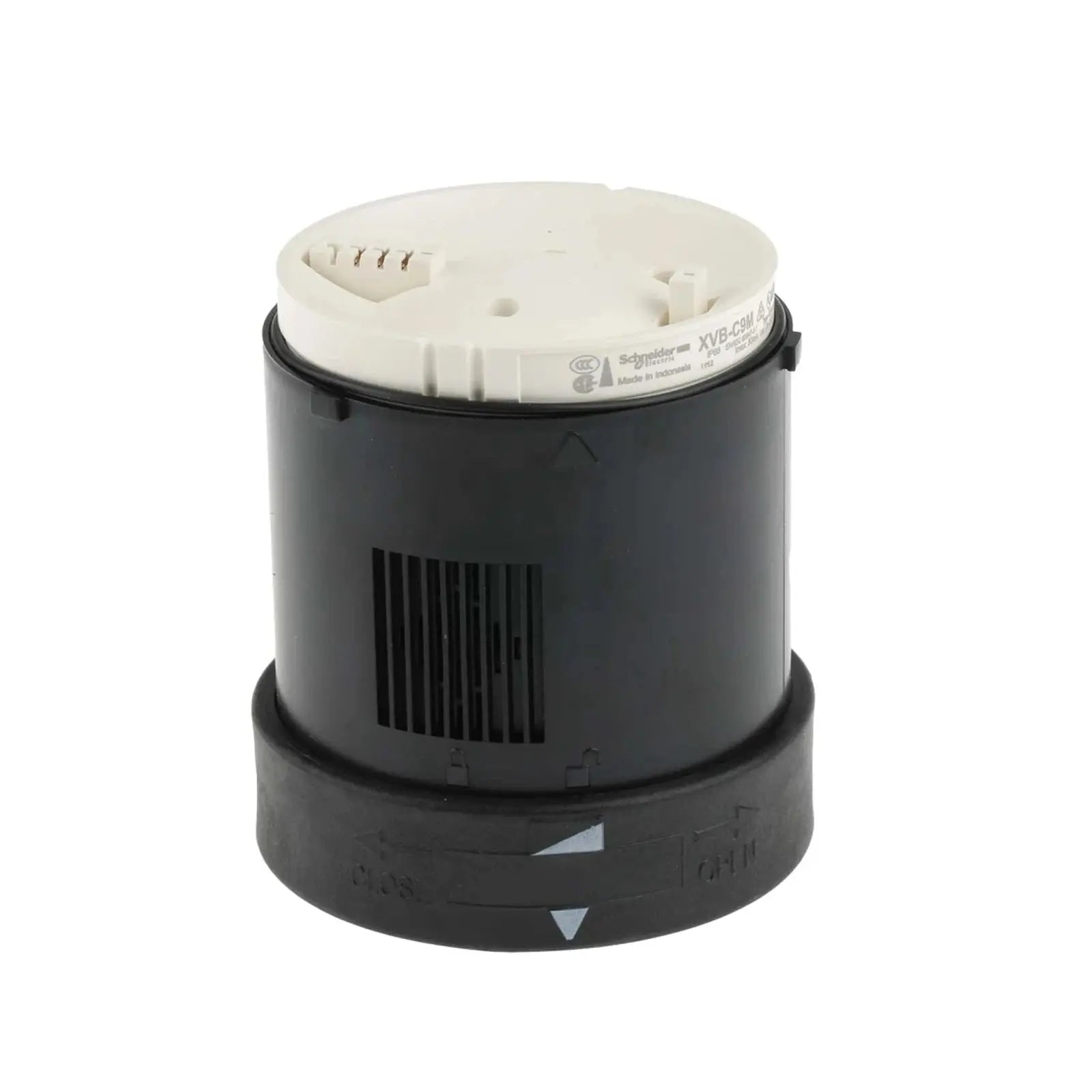
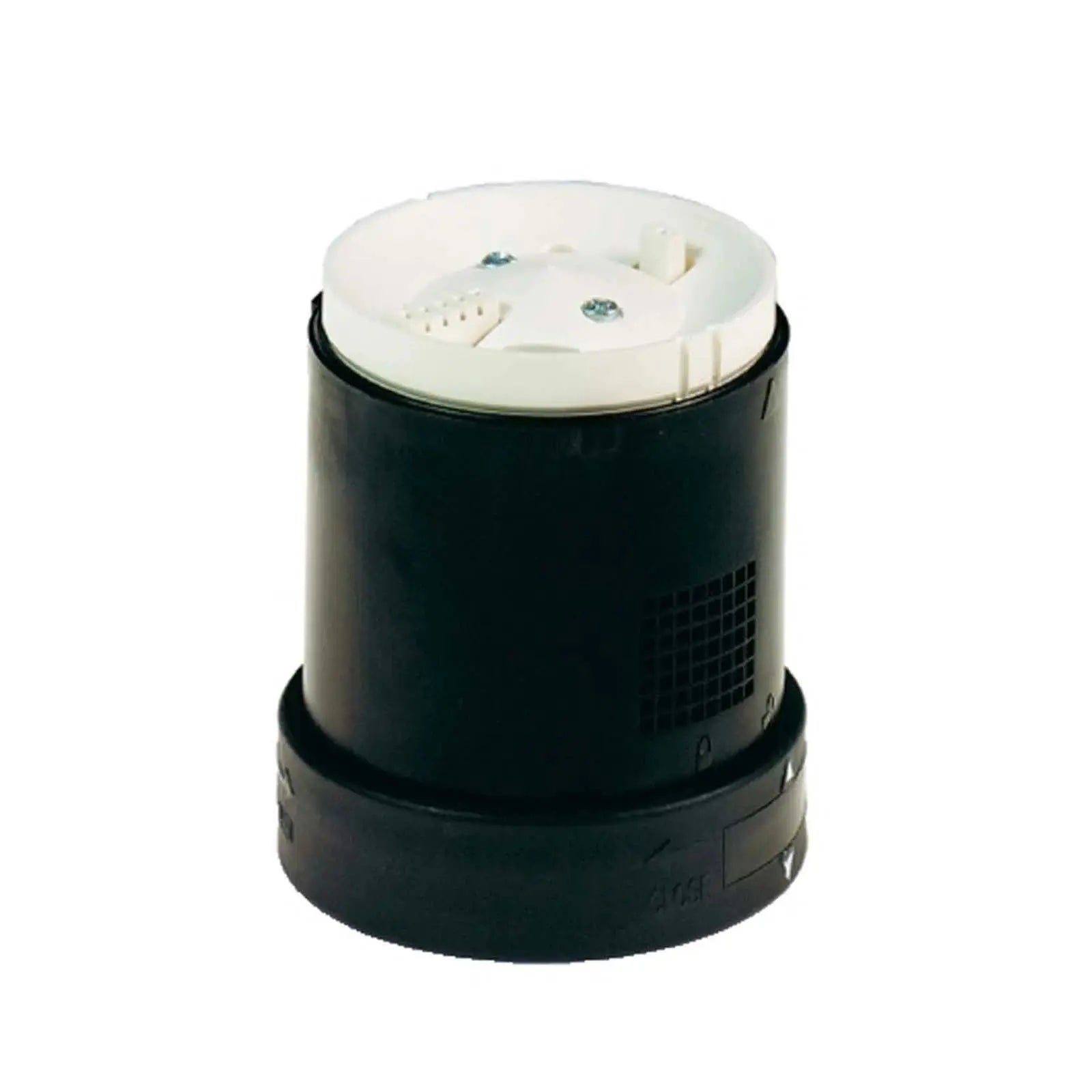



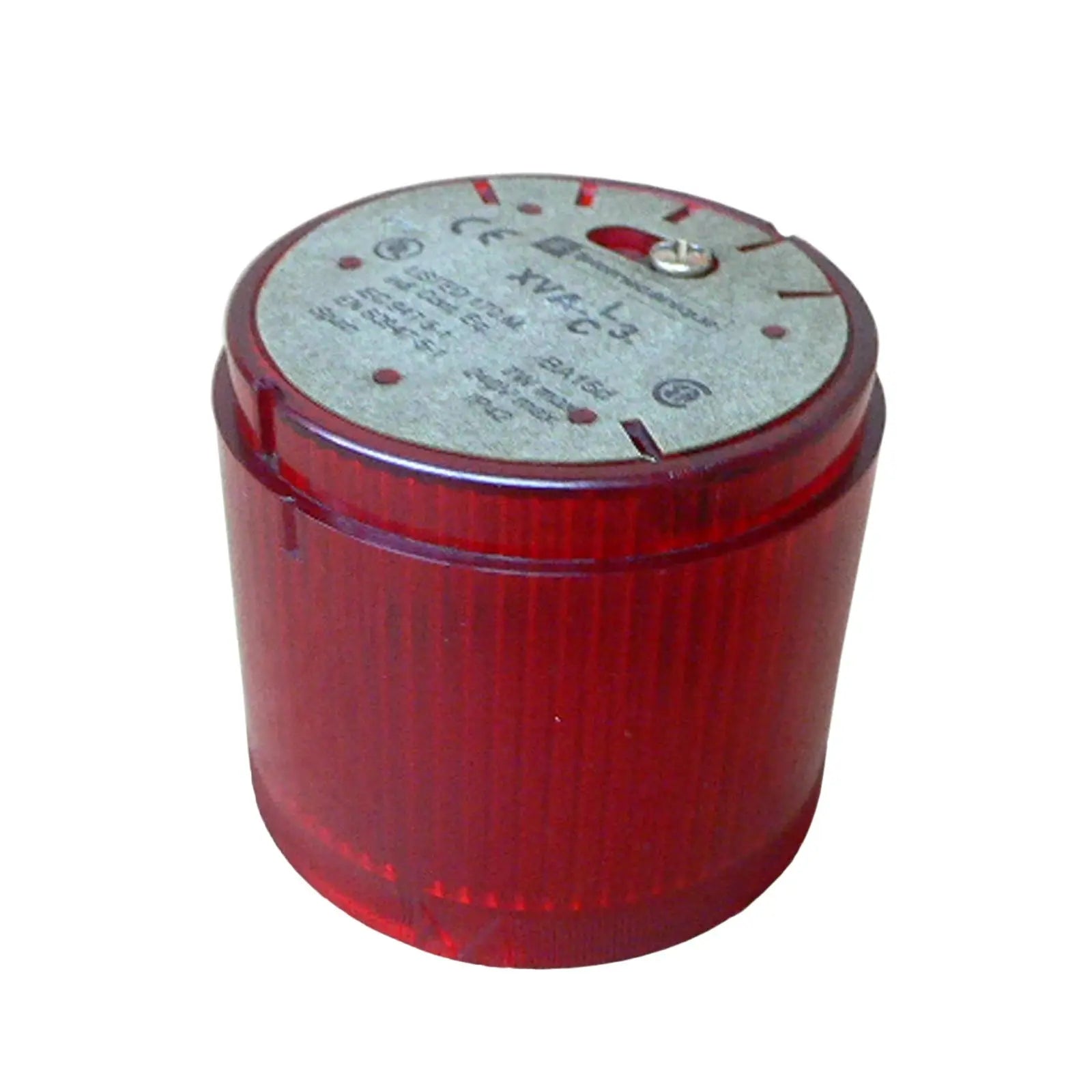

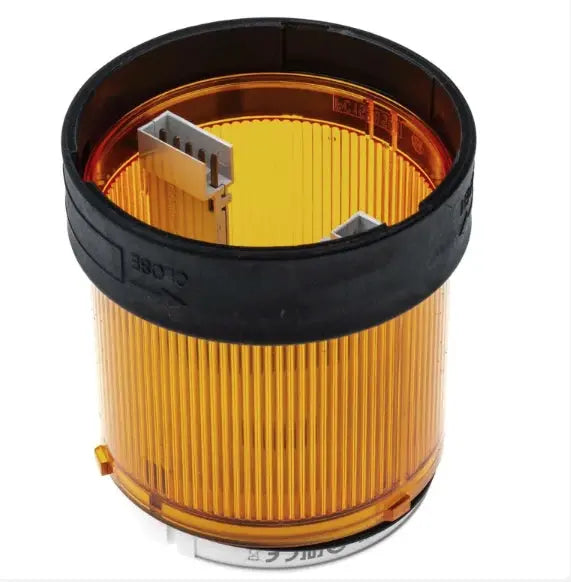
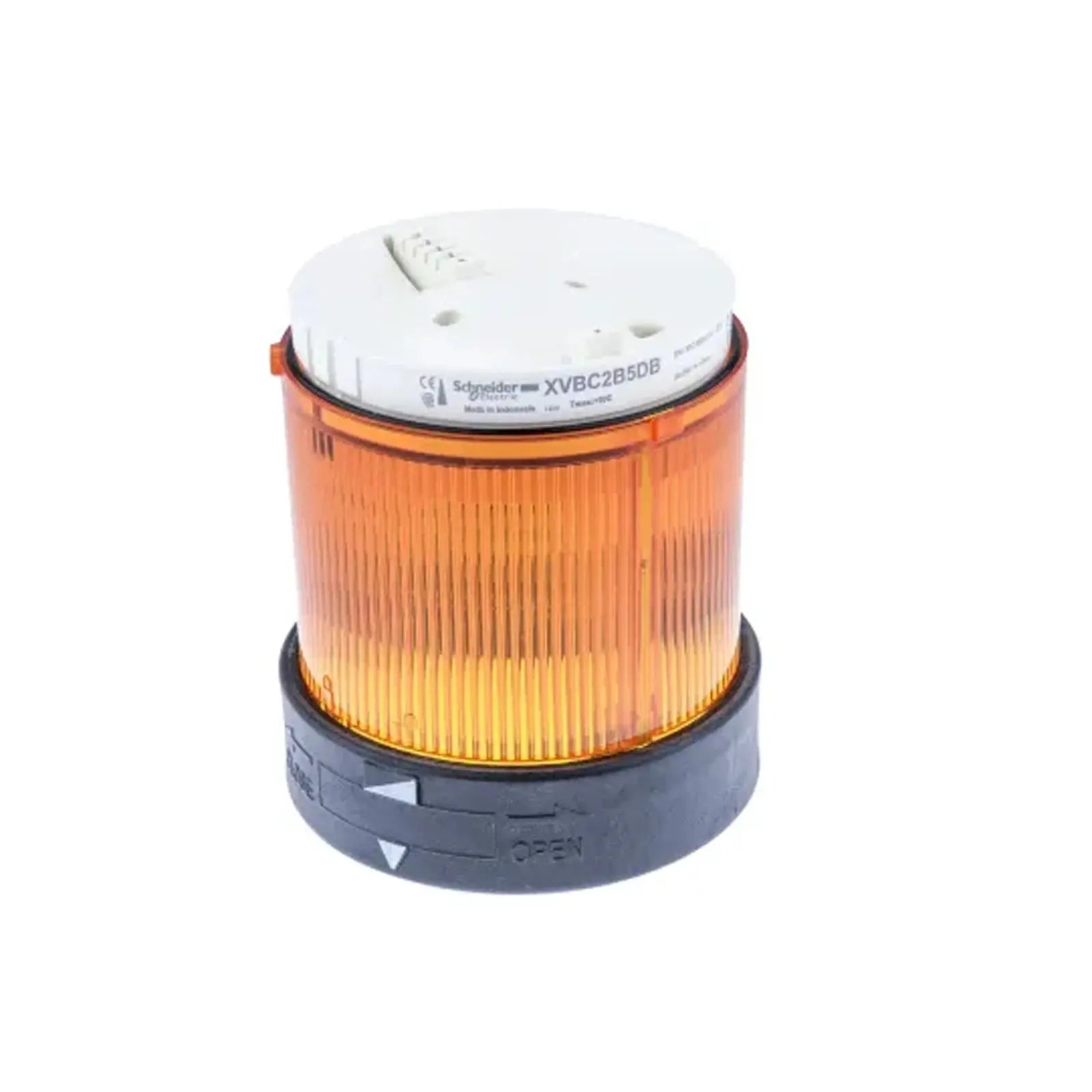
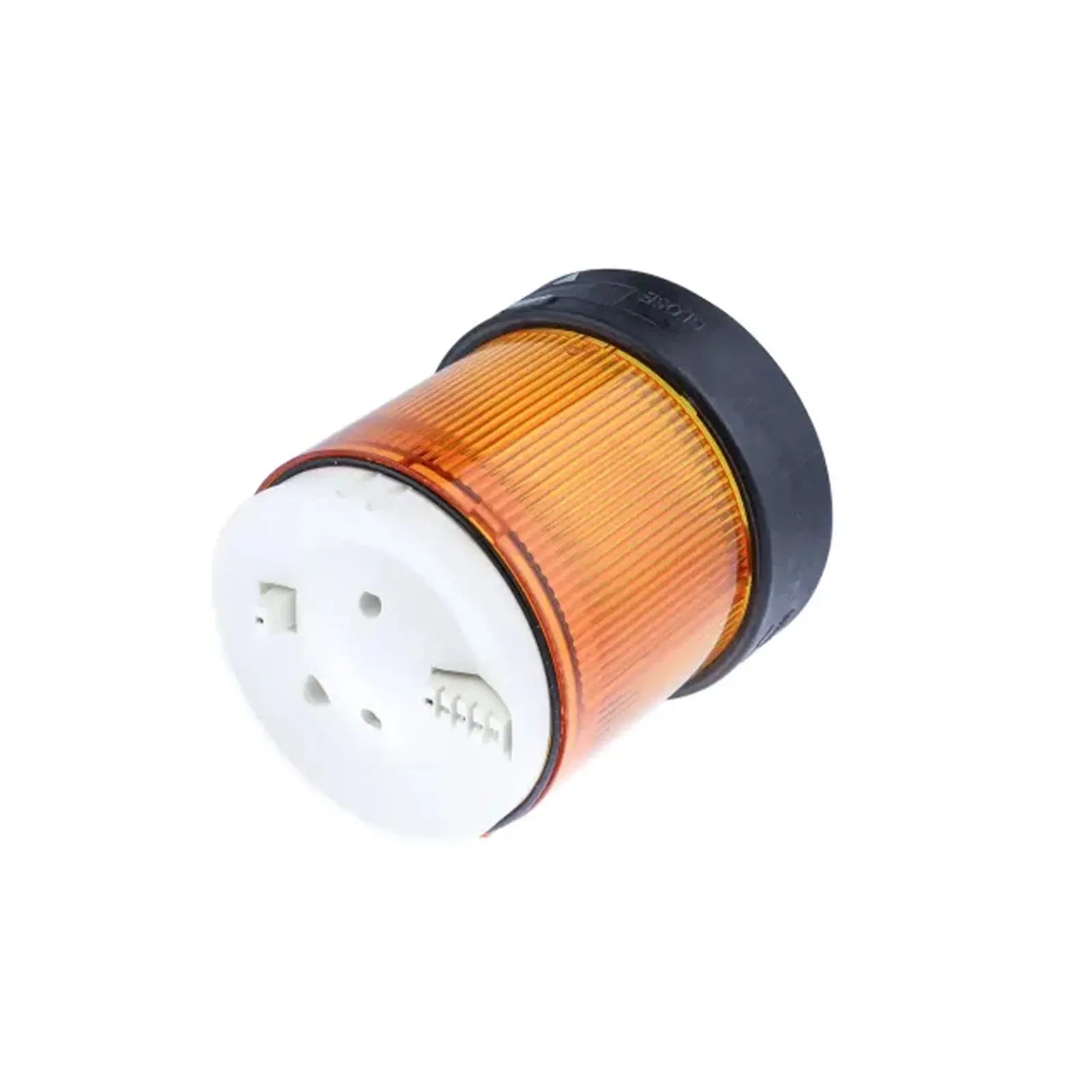
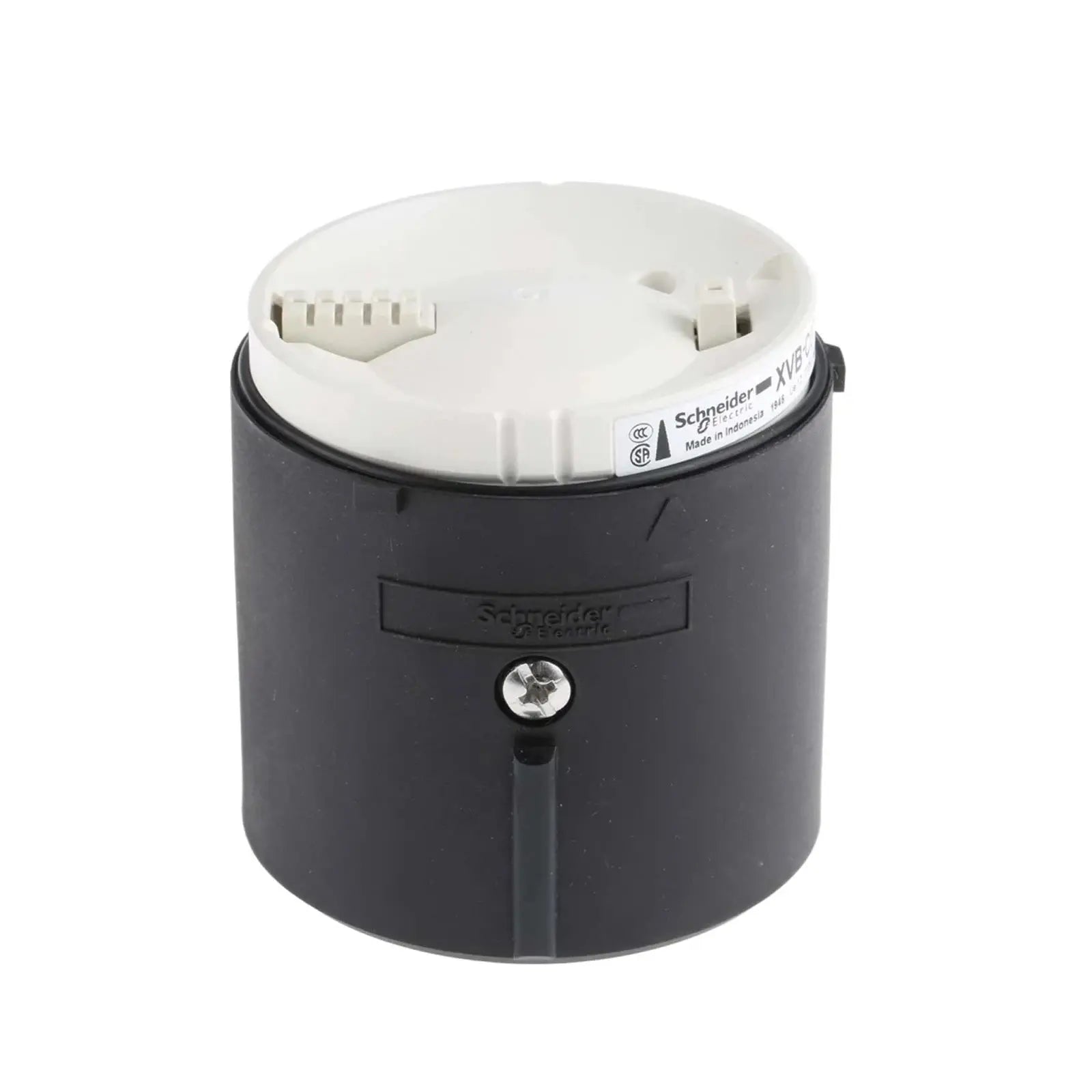
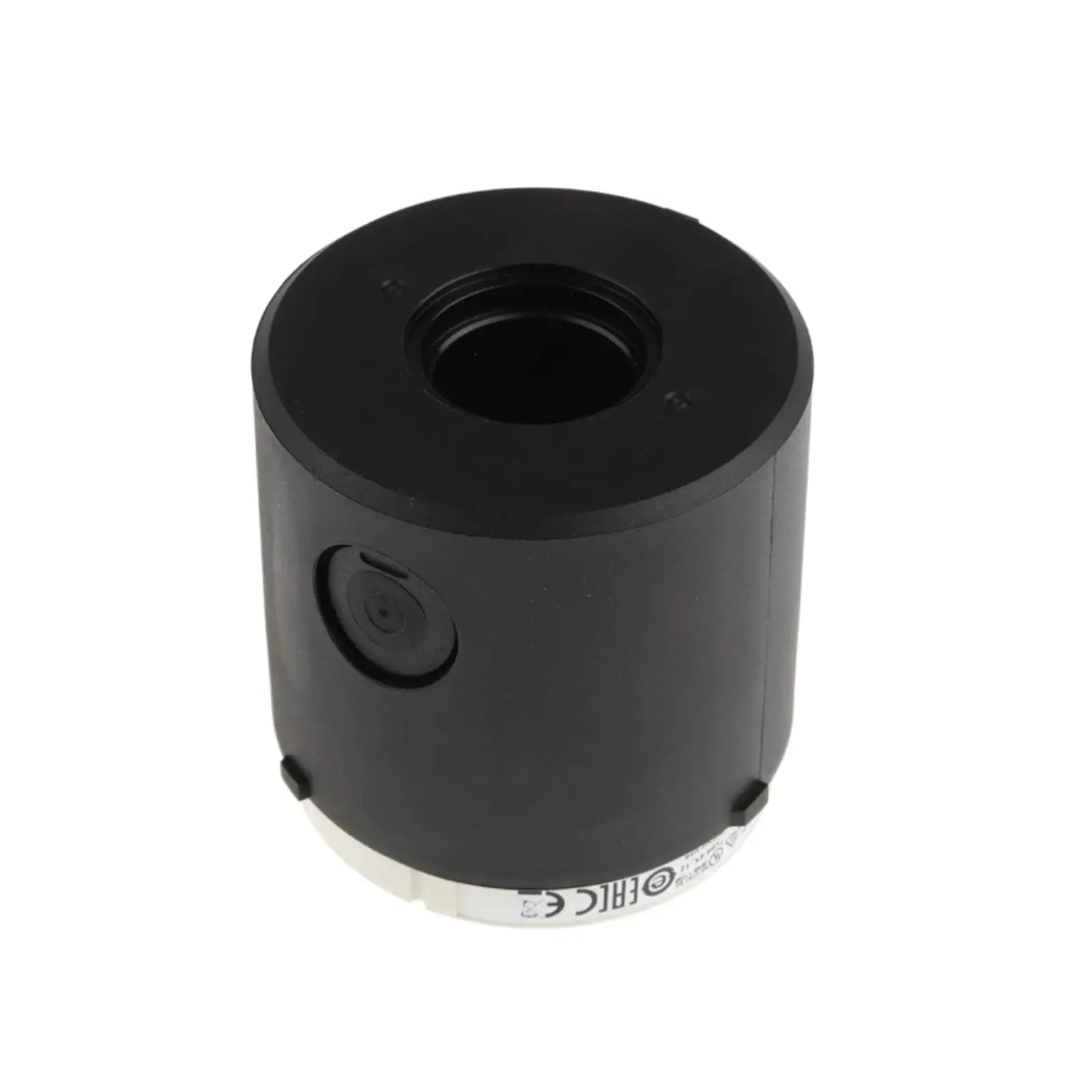

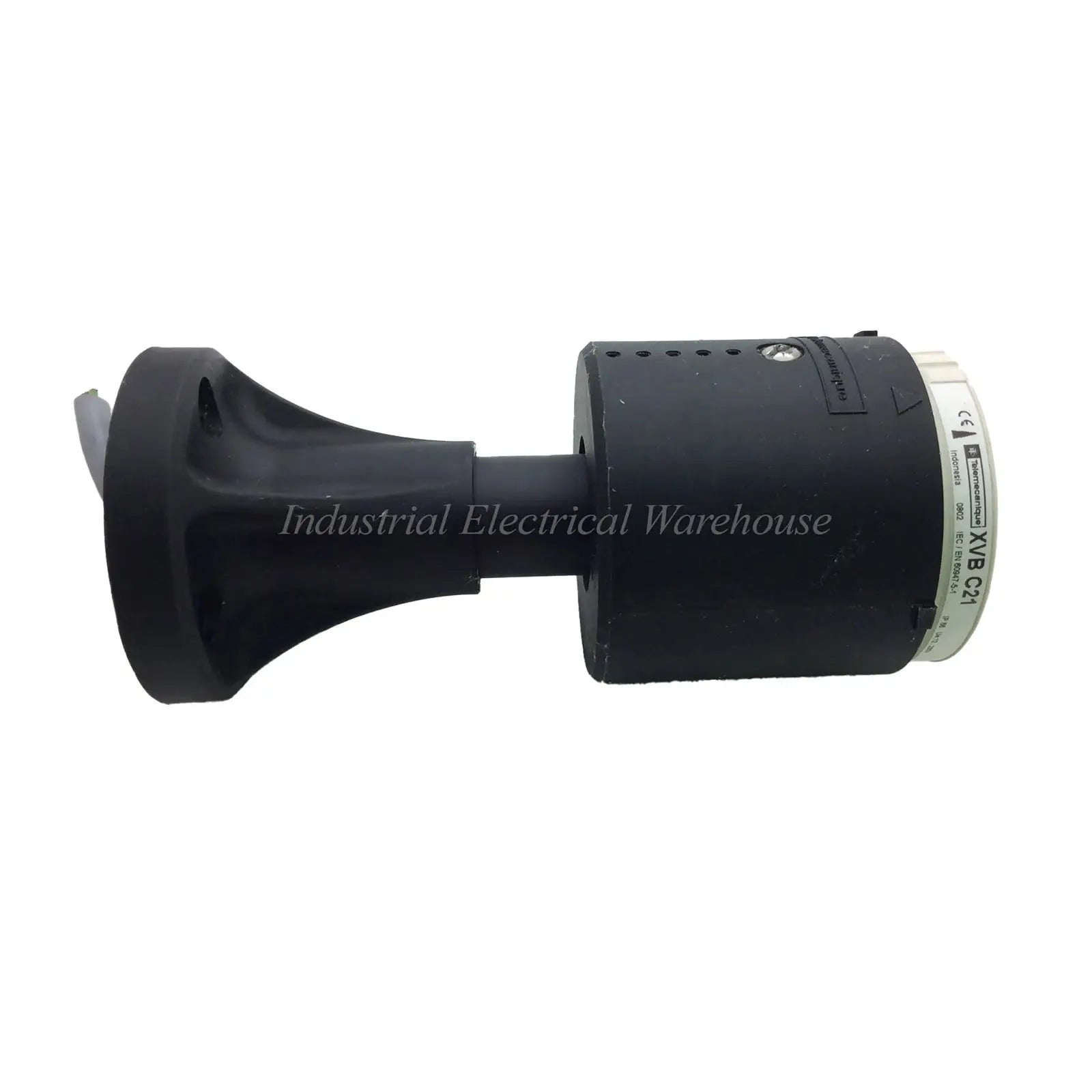


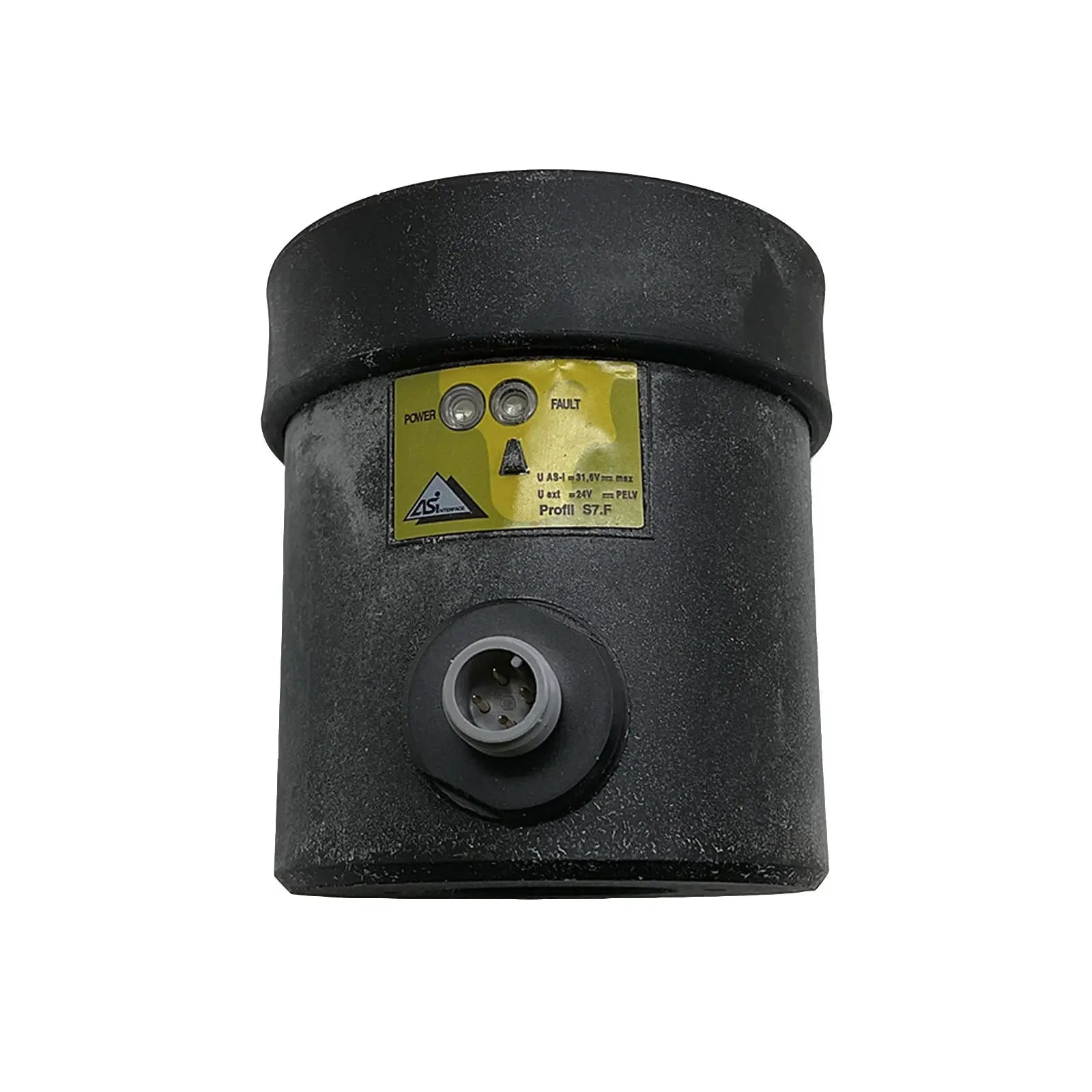
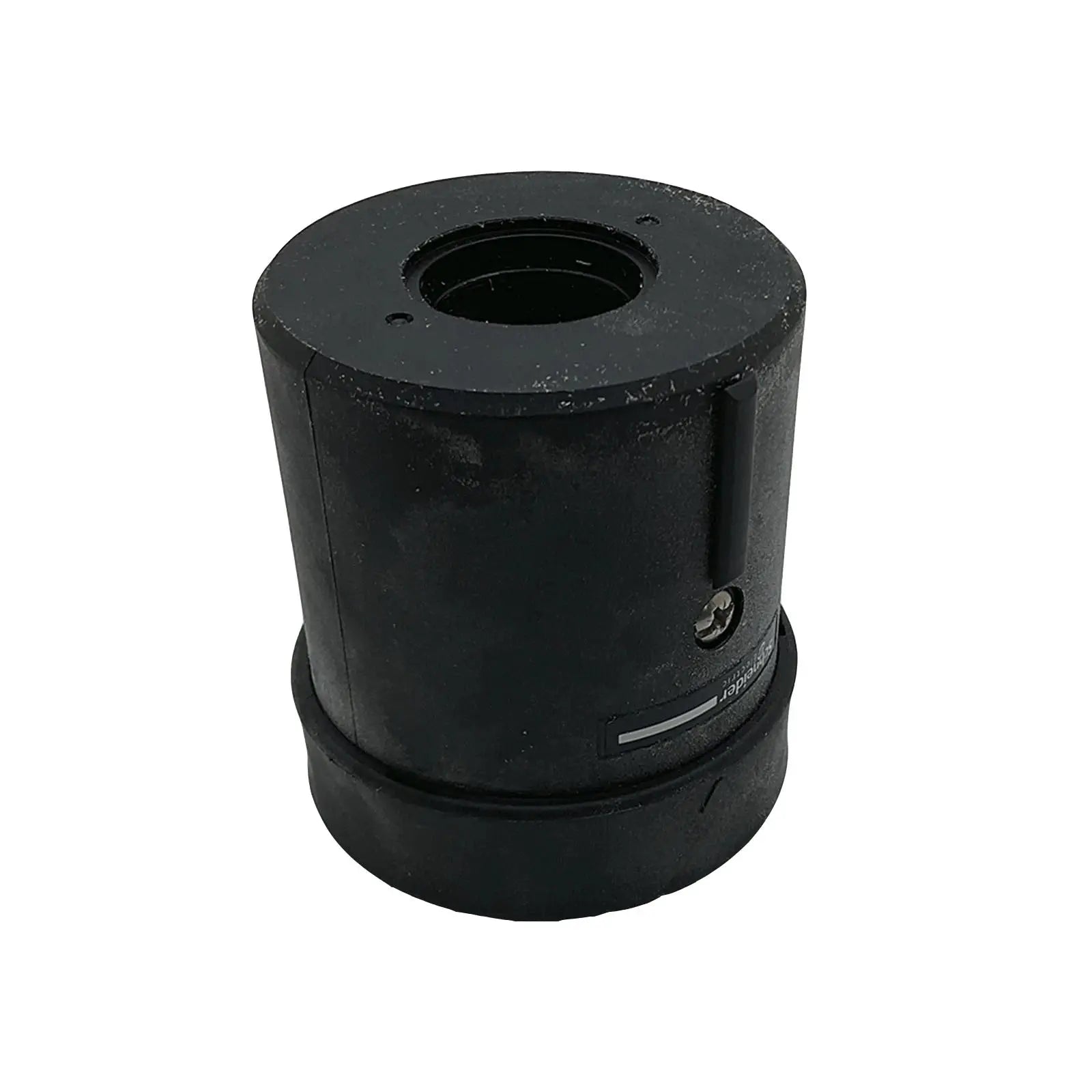



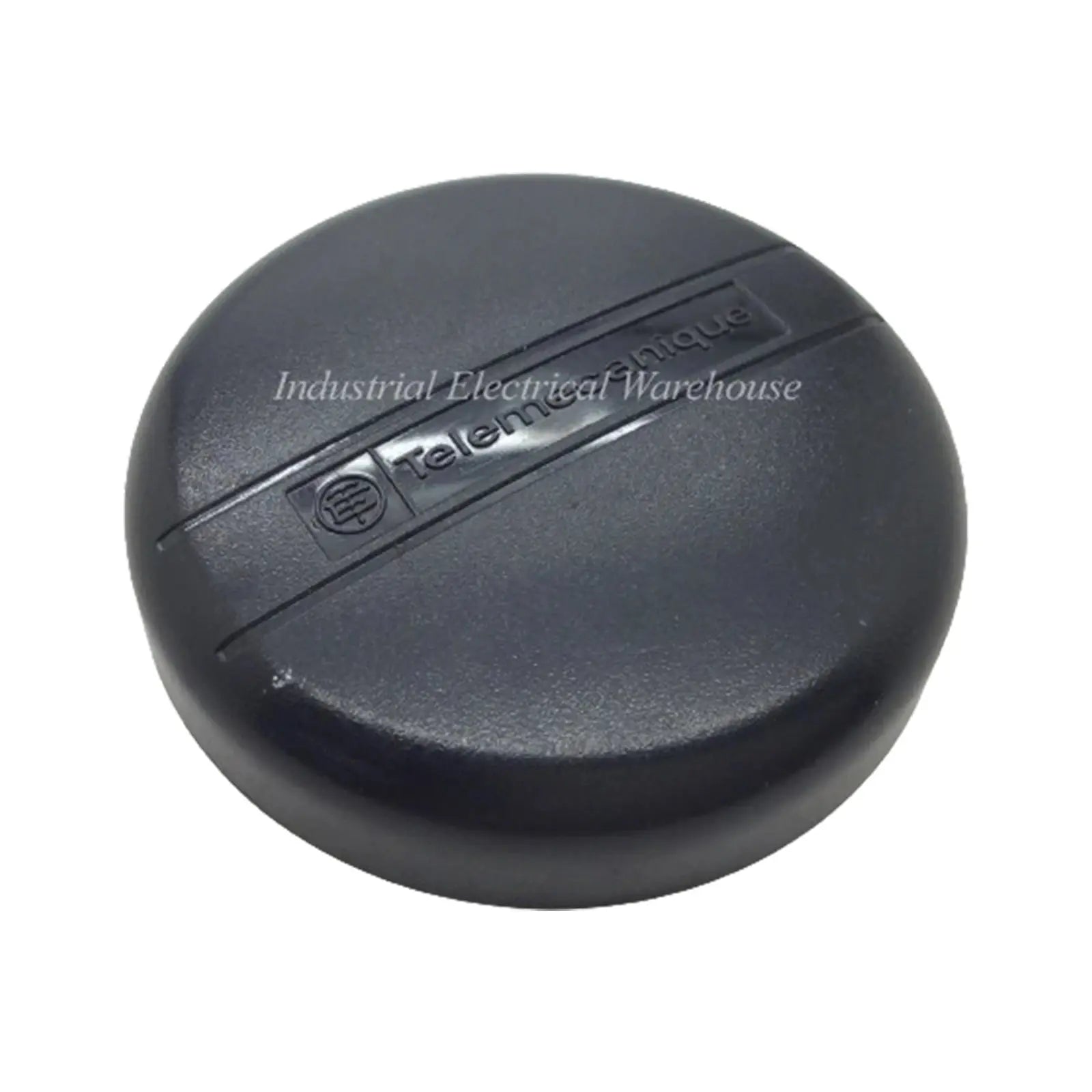
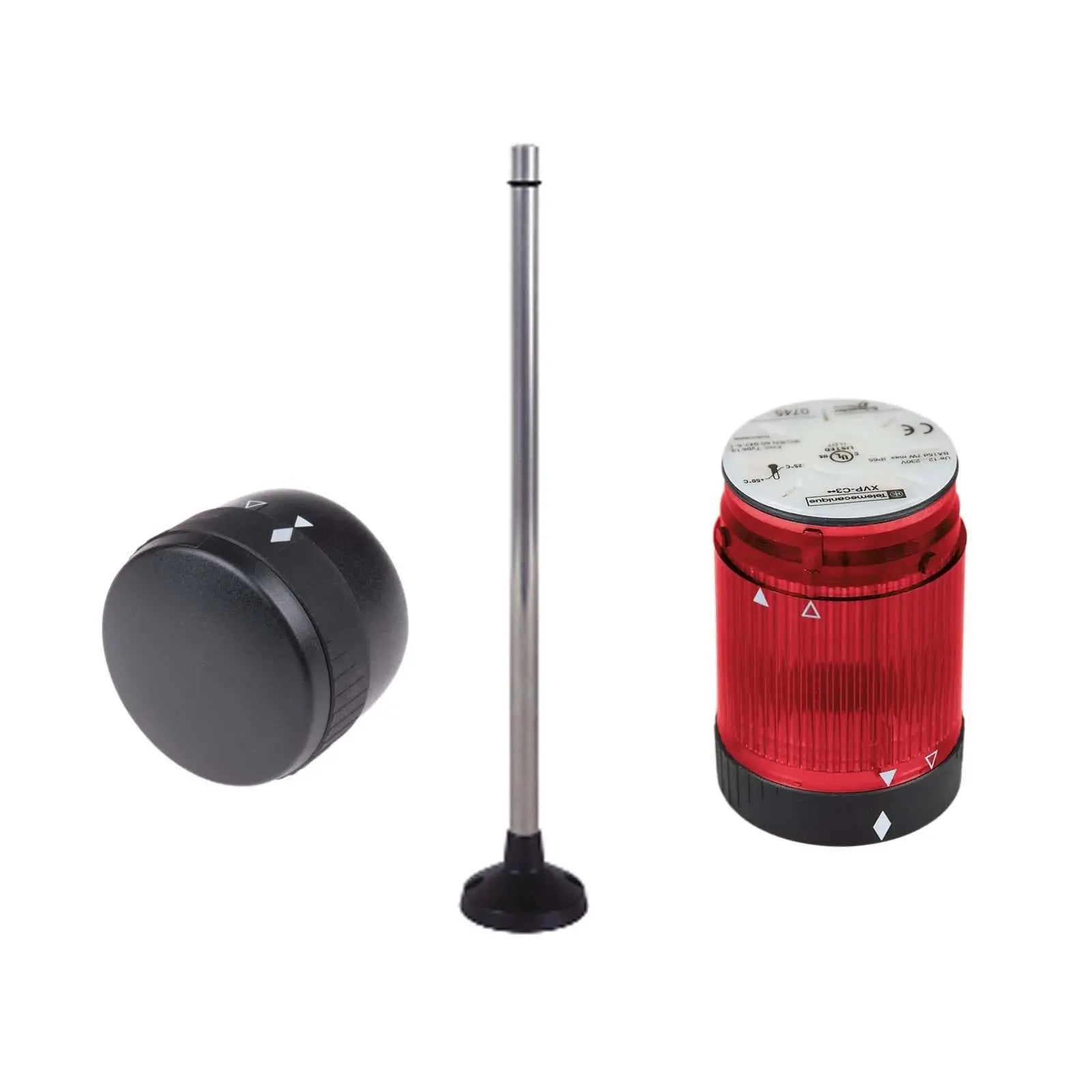




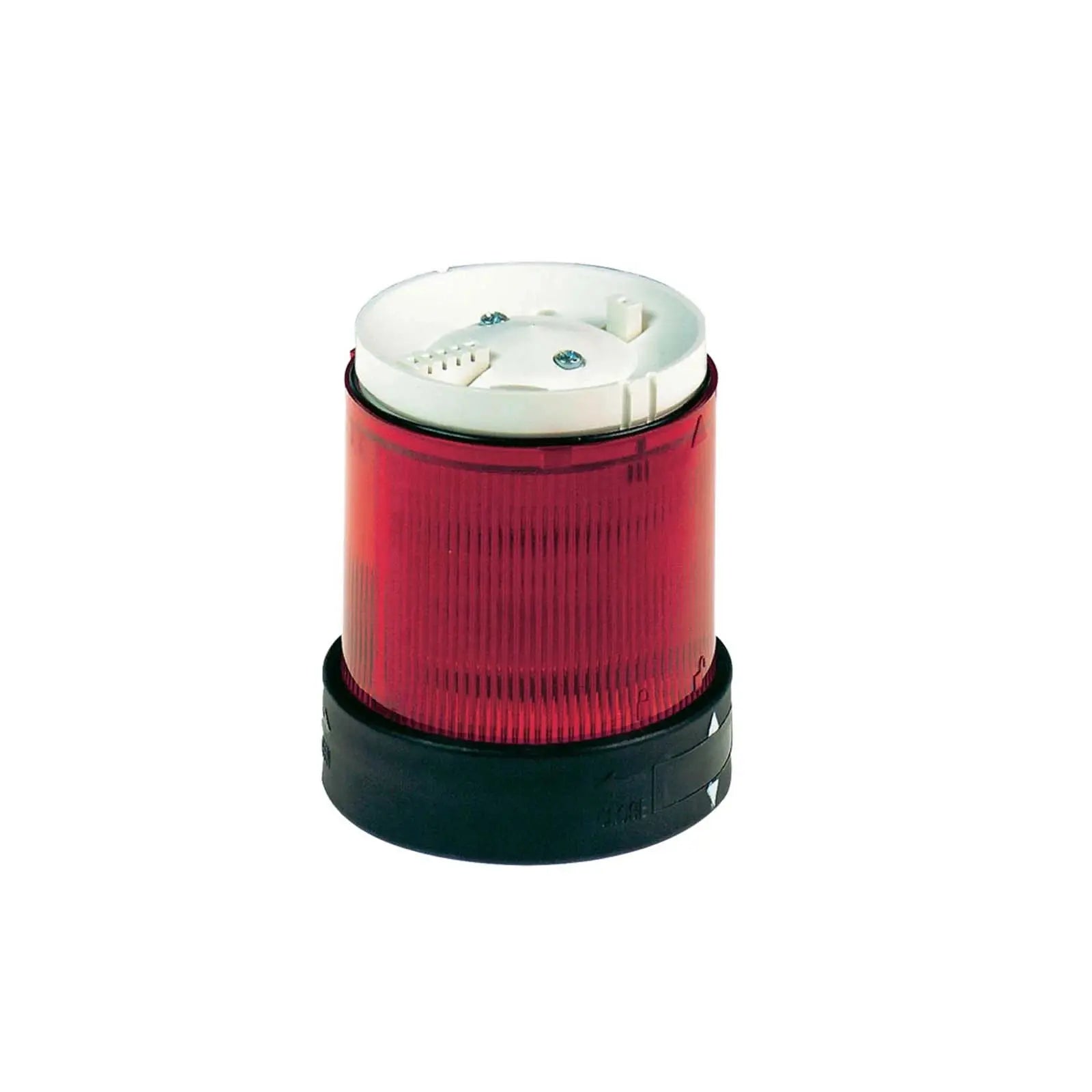
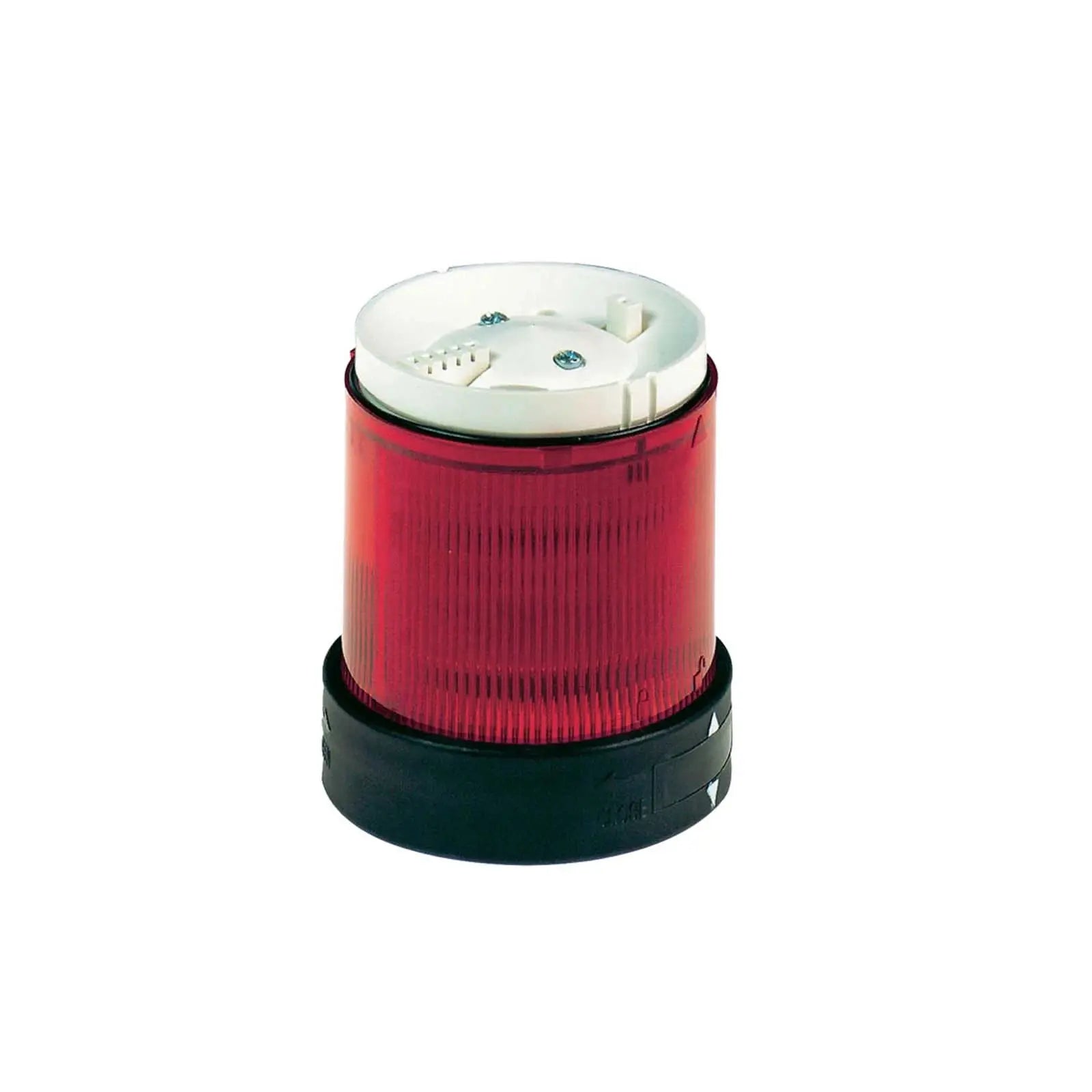


Descubra nuestra amplia gama de sistemas de alerta acústica y visual, diseñados para mejorar la seguridad y la comunicación en diversos entornos. Nuestros sistemas de alerta acústica y visual están fabricados para cumplir con los más altos estándares, garantizando durabilidad y visibilidad. Ya sea para uso industrial, comercial o residencial, nuestra colección ofrece la solución perfecta para sus necesidades de señalización.
¿Por qué elegir nuestras placas de sistemas de advertencia (sonoras y visuales)?
Nuestros sistemas de alerta (acústicos y visuales) se fabrican con materiales de alta calidad que resisten las condiciones más adversas. Son fáciles de instalar y mantener, lo que los convierte en una opción rentable para cualquier entorno. Con una variedad de diseños y tamaños, encontrará la placa ideal para sus necesidades específicas.
Además de sus beneficios prácticos, nuestros Sistemas de Advertencia (Sonidos y Visuales) son personalizables. Esto le permite añadir mensajes específicos o elementos de marca, garantizando que su señalización sea funcional y personalizada. Adoptar nuestras placas significa invertir en soluciones de seguridad duraderas.
Cómo utilizar eficazmente las placas de advertencia/señalización
Para maximizar la eficacia de sus sistemas de alerta (sonoros y visuales), colóquelos en lugares estratégicos donde sean fácilmente visibles. Revise periódicamente si presentan daños o desgaste y reemplácelos según sea necesario para mantener su eficacia. De esta manera, garantiza la seguridad y la información de su entorno.
¿Necesita pedidos al por mayor o recomendaciones de expertos sobre sistemas de alerta (sonoros y visuales)?
¿Busca sistemas de alerta acústica y visual al por mayor o necesita ayuda para elegir la solución industrial adecuada? Nuestro equipo está aquí para ayudarle con presupuestos personalizados, recomendaciones de productos y asesoramiento técnico. Ya sea electricista, contratista o empresario, ofrecemos soluciones a medida para satisfacer sus necesidades.
📩 ¡ Contáctanos o chatea con nosotros en vivo para obtener asistencia instantánea!
¡Explora nuestra colección de ofertas de locura mensual!
¡No te pierdas los grandes ahorros en nuestra tienda! Descubre las mejores ofertas en:
¡Explora estas categorías ahora y aprovecha las mejores ofertas antes de que se acaben!
- Todos los productos de nuestra gama : productos de primera calidad seleccionados especialmente para usted.
- Los más vendidos : los favoritos de los clientes y los artículos más demandados.
- Ofertas y rebajas especiales de Watts : descuentos por tiempo limitado en productos imprescindibles.
- Watts New – Recién llegados y las últimas innovaciones.
-
Todas las colecciones : explora todo lo que tenemos para ofrecer.
¡Explora estas categorías ahora y aprovecha las mejores ofertas antes de que se acaben!
¡No olvides consultar nuestras grandes rebajas hasta agotar existencias!
Visto recientemente
Boletín informativo actual de Watts
Manténgase conectado con los últimos productos eléctricos industriales, ofertas exclusivas y actualizaciones de expertos.
Regístrate ahora y no te lo pierdas



